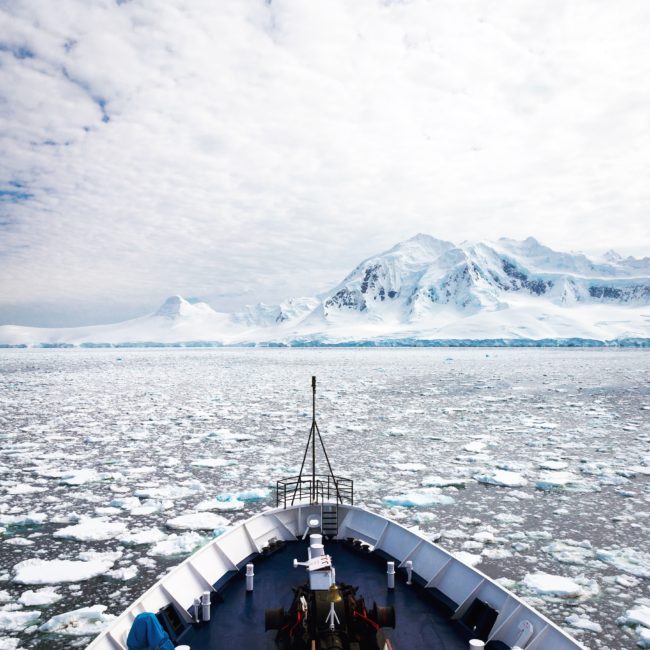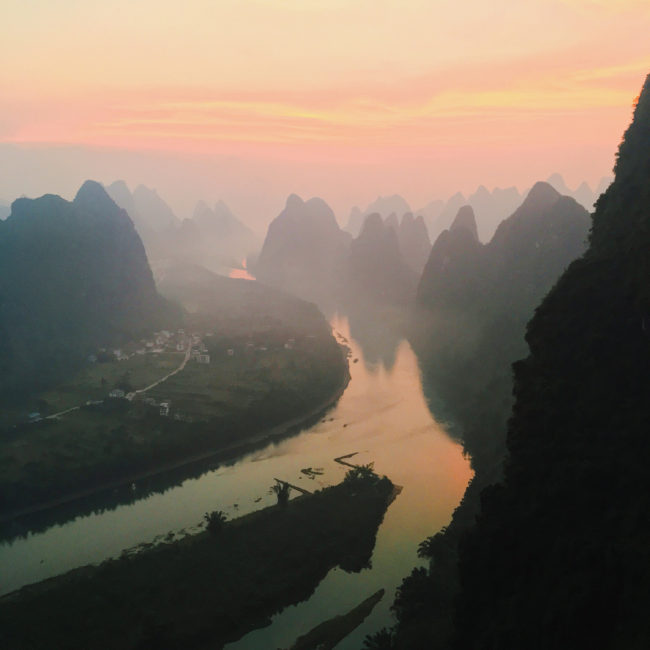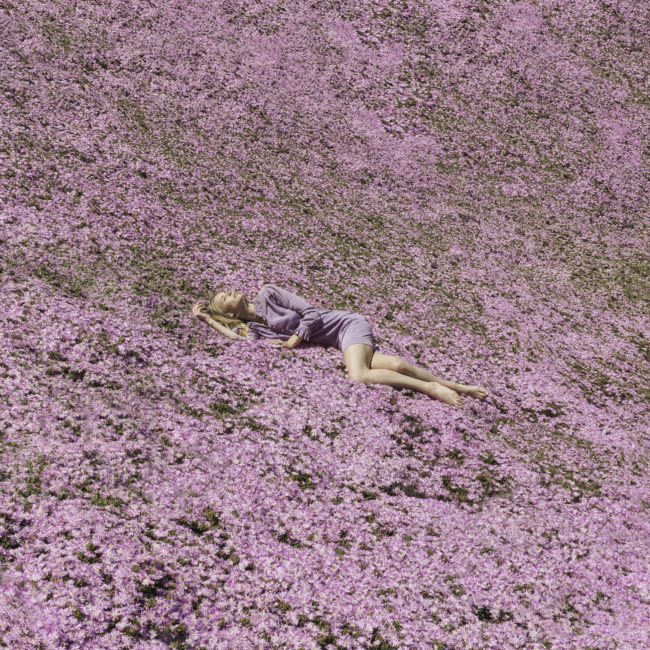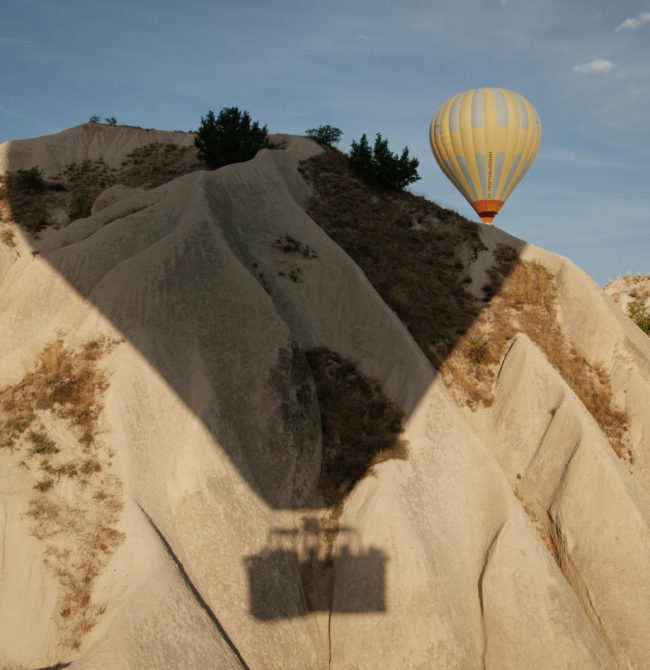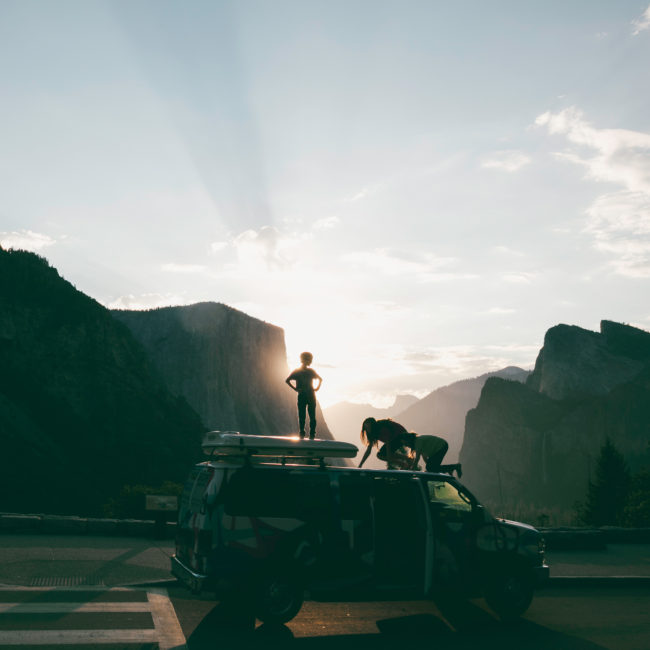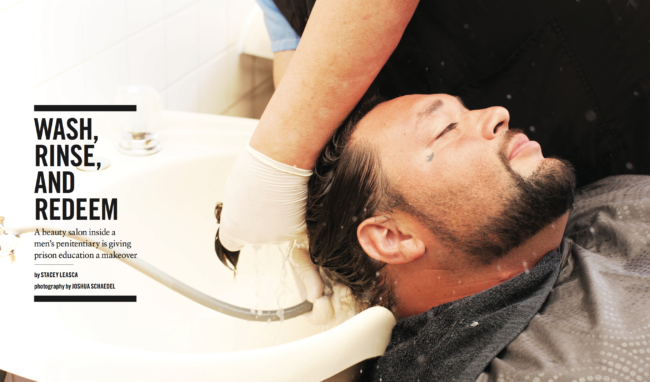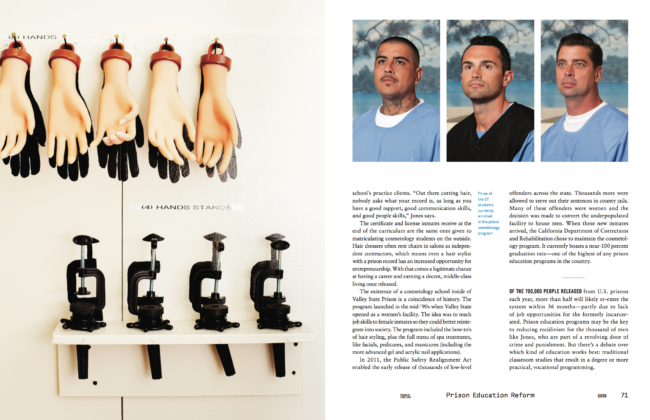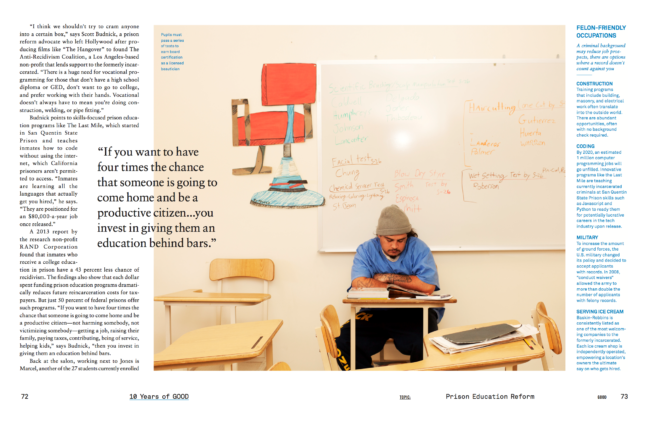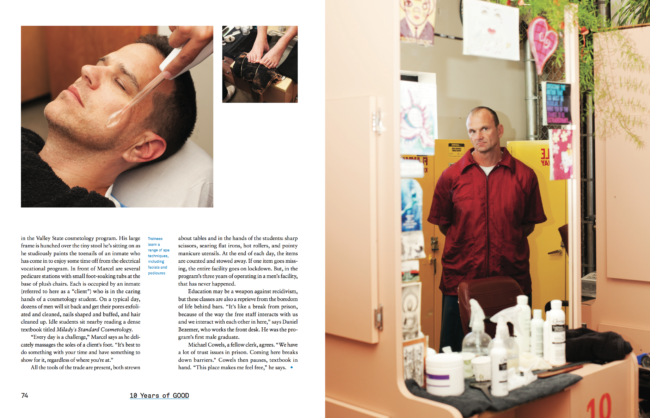The Red Bulletin
Creative Director: Erik Turek
Art Directors: Kasimir Reimann, Miles English
Photo Director: Fritz Schuster
Writer: Andreas Rottenschlager
Photo Editor: Rudi Ubelhor
Photographer: Justin Bastien
Heidi: How did this project stretch you as a photographer?
Justin: This project literally stretched me in half at times with the final shoot day being very intense. We had big waves coming from two directions, freezing cold water, 130 mph rotor wash from the helis ripping into the exposed skin on my face. I spent in total about 10 hours in my wetsuit freezing my ass off, about 3 hours were spent swimming big waves and bad current in a remote location. This whole article could easily be focused on that one day in the surf ops shoot and what it actually took to get the shot. Did I mention, I love this stuff!
Did you lose any of your motor skills due to the cold?
Of course, being in in cold water for that long everything stops working. You quickly see why people can’t last very long in the cold, open ocean. Even with our super warm Patagonia wetsuits, booties, gloves, mask and snorkel on, everything just become more difficult and exhausting. It’s especially hard to operate a water housing wearing thick gloves and numb hands. It’s funny, your lips are the most exposed and by the time you come from the water and hit cold wind, you can’t talk at all (which my girlfriend would think is good thing at times).
You live in balmy So Cal, did you do any cold weather training?
No, I didn’t do any cold-weather training for this job. I have surfed a lot Alaska and Southern Chile over the years for fun and really enjoy these kinds of conditions and the solitude it brings. I enjoy the remote and wild places other people generally don’t go; the cold is part of that. Also, climbing in the mountains teaches you how to suffer in the cold and to be honest I enjoy the challenge and kind of like suffering. It teaches you a lot.
Did you pitch this to The Red Bulletin? and how often do you work with them?
Yes, I pitched this concept to The Red Bulletin. My cousin is in the Coast Guard stationed in Kodiak, Alaska and I visit his family every year. We surf, camp, explore the island. My cousin gave me a tour of the Coast Guard base; after seeing the place, meeting his great crew and knowing how beautiful Kodiak island was, I knew this story had to be told. It was a passion project from the very beginning. The most difficult part was getting access, which took almost a year, and then getting the Coast Guard comfortable enough to let me get into some wild outdoor conditions with them. They trusted me, were so cool to collaborate with and so much fun. I felt right at home with the crew. Of course they made sure to torture me a bit in the “sweat cage” during our helicopter evacuation training in the pool. The “sweat cage” simulates a helicopter that goes down in the water and flips upside down. You’re trapped in the helicopter (sweat cage) as it is sinking, and you have to maintain your reference point, release your seat belt, open the door and escape to the surface while you are upside down and can’t see. It’s a great thing to practice because in a real world situation it’s going to be a lot more scary and violent.
How many days were you out there and which was your favorite and why?
I pushed for the magazine to give me an extended period of time knowing weather and access we’re going to be key to the success. I wanted to get into big surf with bad weather and terrible conditions showcasing what kind of environment these heroic lifesavers work in. The most difficult part was the long wait because we had beautiful, sunny weather the entire time; which is very rare for Kodiak. Then things changed. We had two storms collectiong to the south of us opposite directions, forming great cross chop, rogue waves and with tons of bad weather. There’s a fine line between bad weather that you can fly in and bad weather that grounds the aircraft. Luckily, we were able to fly last minute and get two MH-60s in the air along with a few rescue swimmers for High Surf Ops training. Let the fun begin!
Was anyone from the magazine with you, what type of direction did they give you?
Yes. The Red Bulletin sent Andreas Rottenschlager, a talented writer from Austria. He had worked on intense projects in the past. We both pushed really hard to get the access we needed, the interviews, coverage, he was so great to collaborate with. We also had a blast driving around in a rusty white construction van with a yellow siren I had rented for the job while listening to heavy-metal music. Andreas and the photo editor Rudi Ubelhor wanted me to keep things authentic and shoot everything from the perspective of the rescue swimmers or in some cases the survivor being rescued. They gave me so much support and creative freedom, telling me to just do my thing, keep it real and give the project some emotion. It’s so amazing to be supported like that and have creative freedom. It really pushes the work to a new level with that kind of support from the team at The Red Bulletin.
Tell us about the spaces in between taking photographs.
Most of the space in between taking the photographs was spent trying to get the next photographs underway. I often think people have no idea how much hard work goes into just getting immersed in these phenomenal situations. It’s not easy convincing the Coast Guard to send two helicopters and a crew of 10 people into a storm to shoot photographs in high surf (good thing the Coast Guard trains so hard and loves their jobs so much). The crew on the surf ops day had a total blast, most likely laughing at me “the photographer from LA,” doing donuts in the surf all afternoon. So, the space between was spent on working with the Coast Guard to get the next shot in place and then a little bit of sleep, eating bad food and drying out wet clothes and camera gear. That shoot just destroyed almost everything we had in terms of camera gear.
What are your thoughts on risk?
For the most part, I feel like the risks I take are pretty well calculated and reasonable. I spend a lot of time preparing for the more risky situations and often times they are in environments where I feel comfortable and have already spent a lot of time, most likely for personal activities or interests. I would say the things that worry me more than anything are the elements that are out of my control: the unpredictable behavior of wild animals and people, a catastrophic engine failure or environmental hazards like rock fall and avalanches. Those things, you can’t control and it could get bad quickly. Sometimes, there’s that space between hesitation and action, where you really need to keep your self in check and make a quick decision. In general, if I have any doubts about something being safe or not, I don’t do it. I also think that most bad things happen as a result of more than one bad decision, it’s generally a series of bad decisions that get you in trouble. I think safety is also very relative to your experience and comfort level in various situations. What seems risky to one person isn’t risky at all to another. The scariest thing I have done is gone shark diving without cages, but it was mainly because I was out of my comfort zone and not well educated in shark behavior. The shark scientist I was with thought it was a really mellow and fun day in the ocean playing with a few sharks. I was terrified! I am constantly humbled in my work every single day by the people I work with and the people I photograph. Everything is at such a high level so I am always trying to catch up with everyone; physically, mentally and creatively. It’s not exactly the easiest path, but it sure is fun!
What type of watermen skills do you have and why do you think the Red Bulletin picked you?
It’s funny, I don’t really consider myself to have “waterman skills”, I just like playing in the ocean and making cool photos. Real waterman are those big wave surfers that ride huge waves and free dive to unfathomable depths. To me the whole thing was fun, none of us could believe we were working. There’s nothing like being out in the wild ocean, feeling all of that raw, natural power and getting tossed around with some like-minded individuals that enjoy the ride as much as you do.
Any time survival is in a title surly that adds a thrill. I saw you were photographed with “Aviation Survival Technician’s”what was the hardest part of shooting rescue swimmers in high surf ops?
“Survival.” I don’t know how people survive normal life without doing cool stuff like this. All of the people I worked on thrips project really love their jobs and and work so well together as a team. Imagine going to work every day, training hard, flying over the beautiful Alaskan ocean and realizing you are doing all of it to save lives. That’s pretty meaningful for a day’s work. Most difficult part about this whole thing was almost not getting to do it. I would’ve been so disappointed if we didn’t get the big surf day and the bad weather that we really needed to tell the story well.
What advice do you have for anyone photographing high risk situations?
I would just say in a high-risk situation you want to be very competent in the environment you are operating in. It’s difficult enough to just be in certain environments like this or in the mountains, you really want to feel comfortable, so being there is almost second nature. Adding the element of photography and all the equipment it requires, problem-solving on the fly creativity, makes for a big challenge but that’s what makes it so fun. I couldn’t image doing anything else but this path I am on and I feel so grateful for it everyday. To travel the world, meet interesting people, always learning, being humbled and challenged.
Here’s a behind the scenes video and some content showing what it was like out there for Justin.


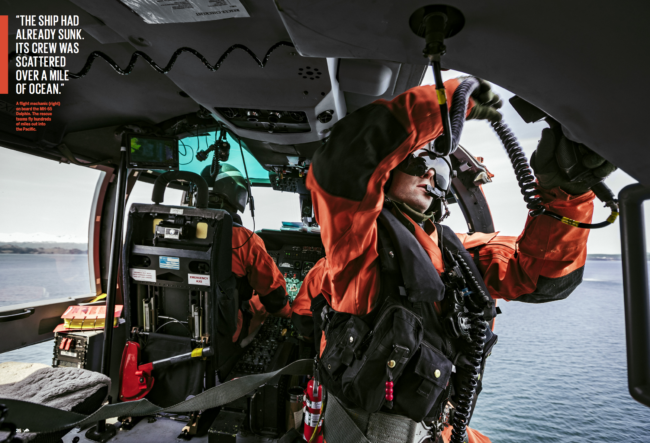
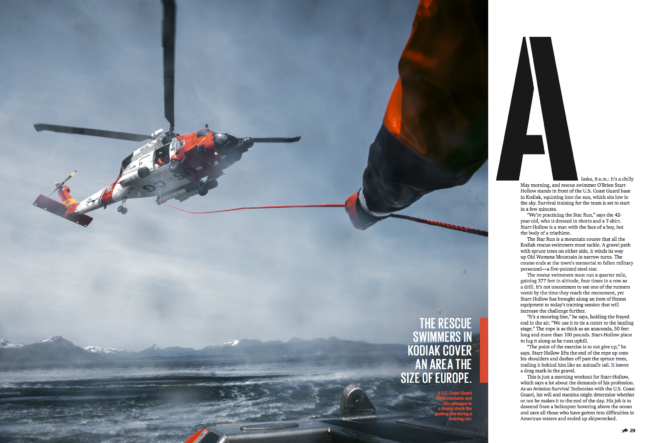
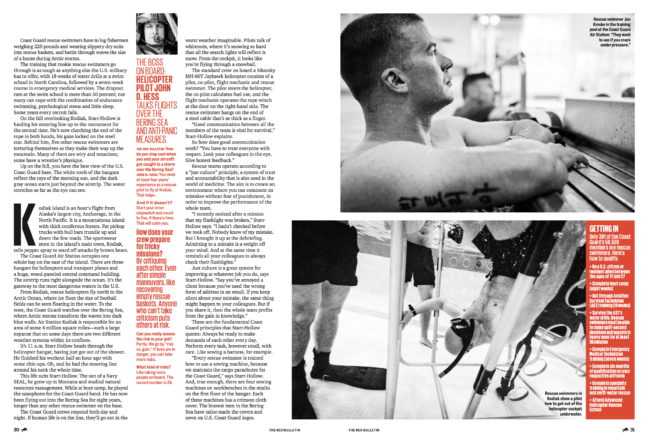
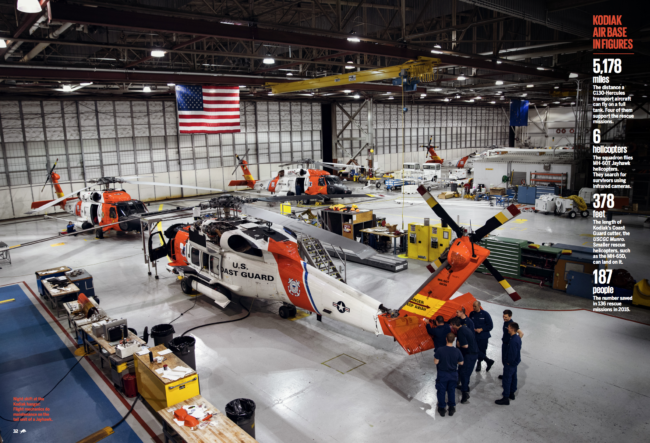

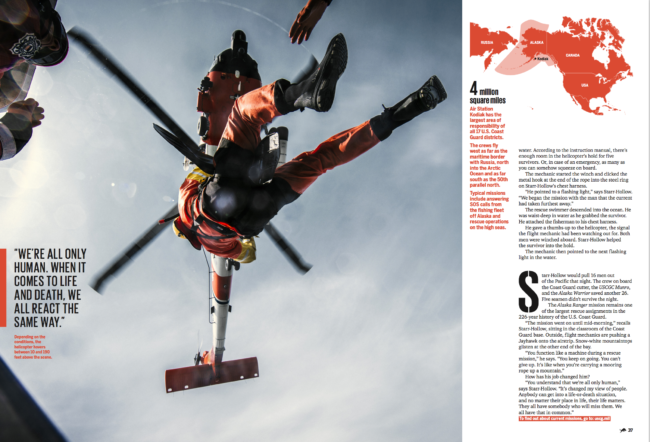
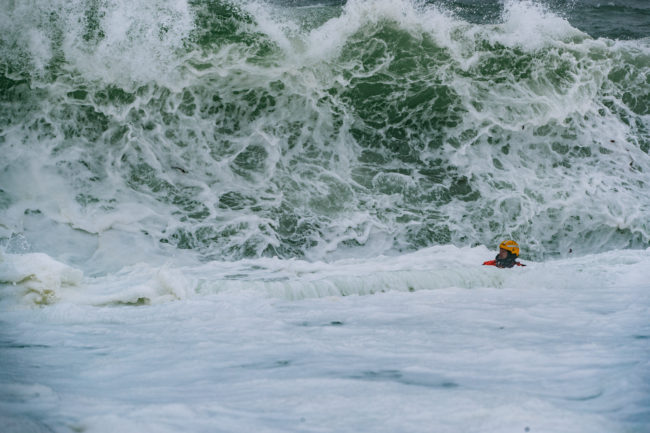
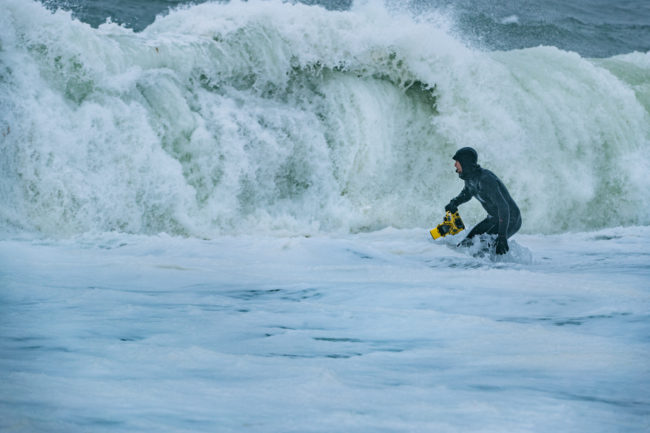
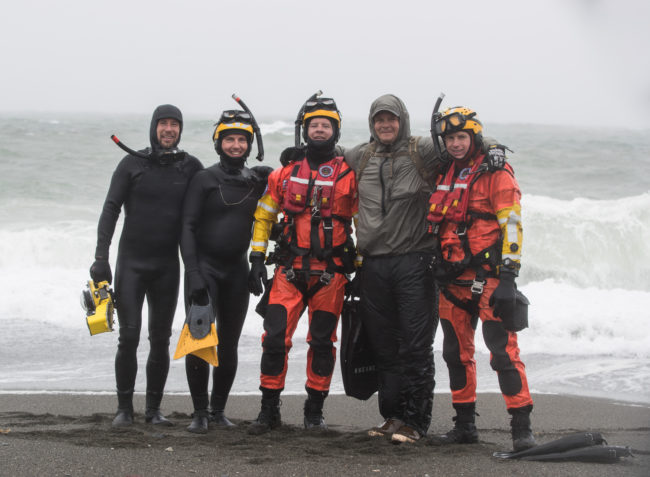
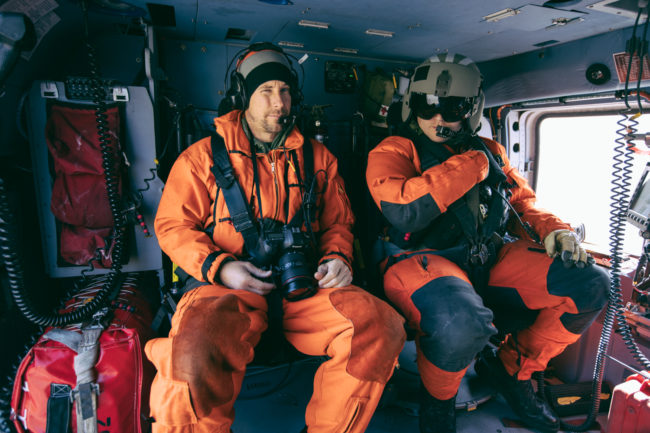
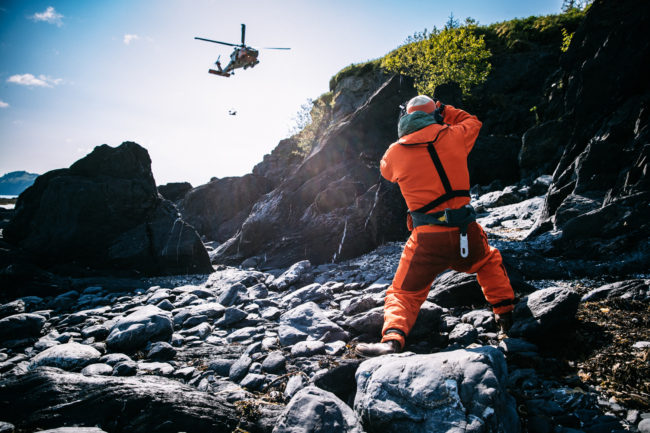
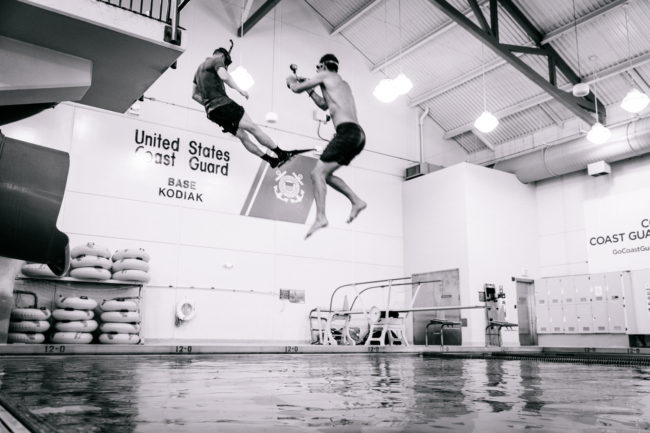






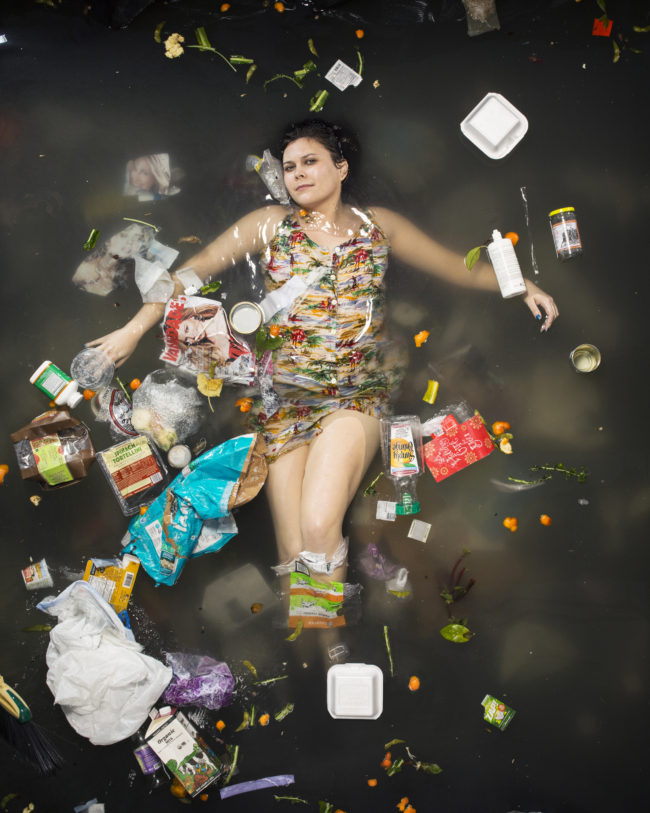

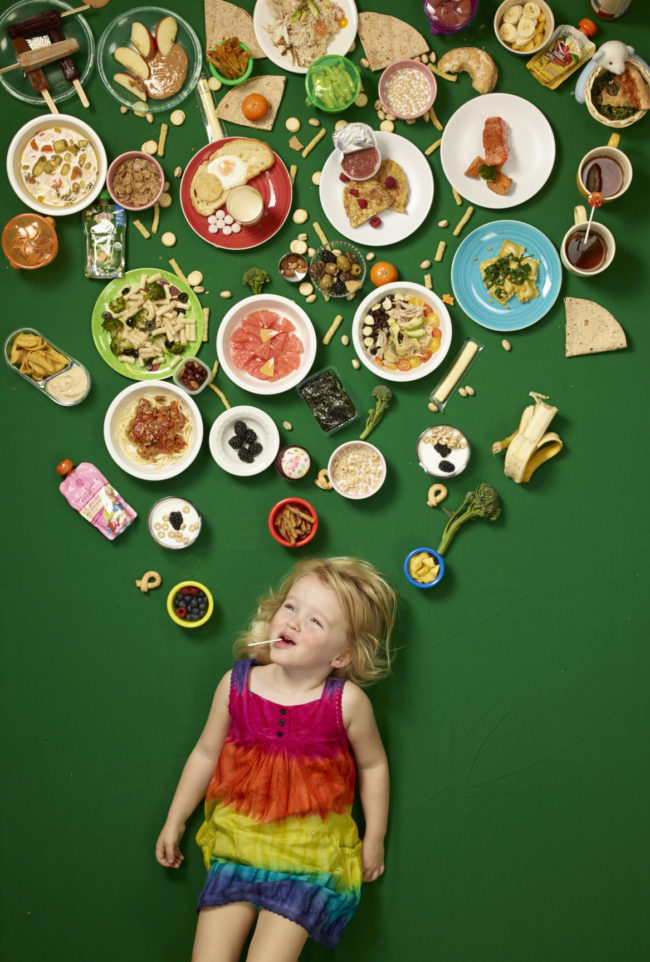
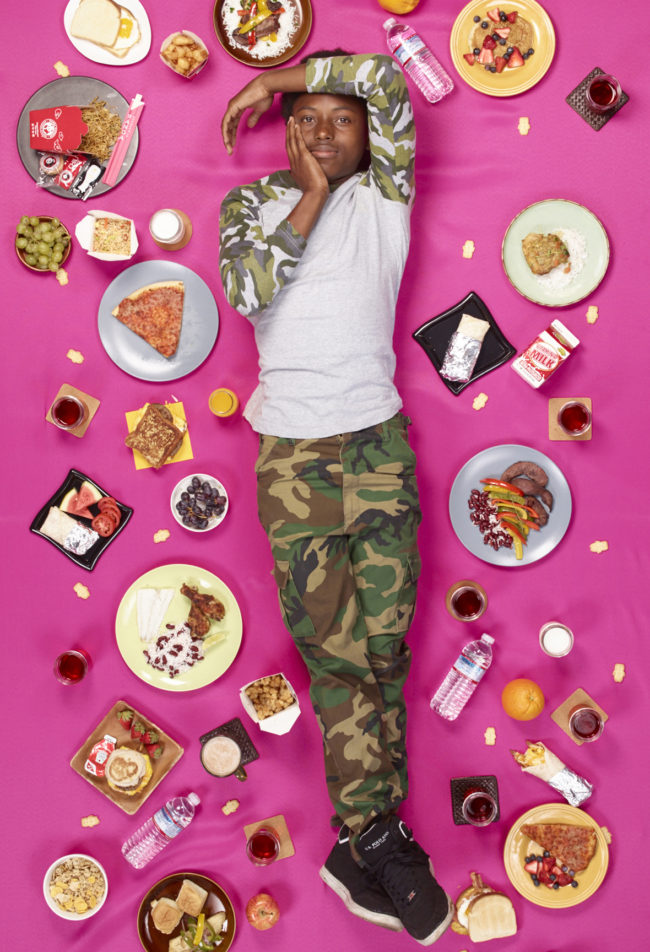

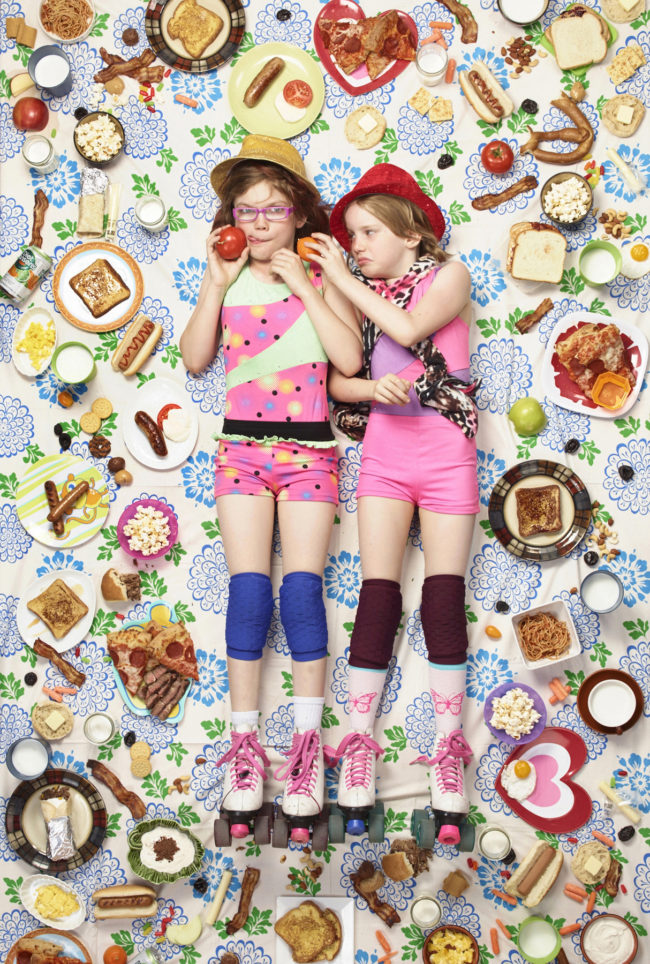

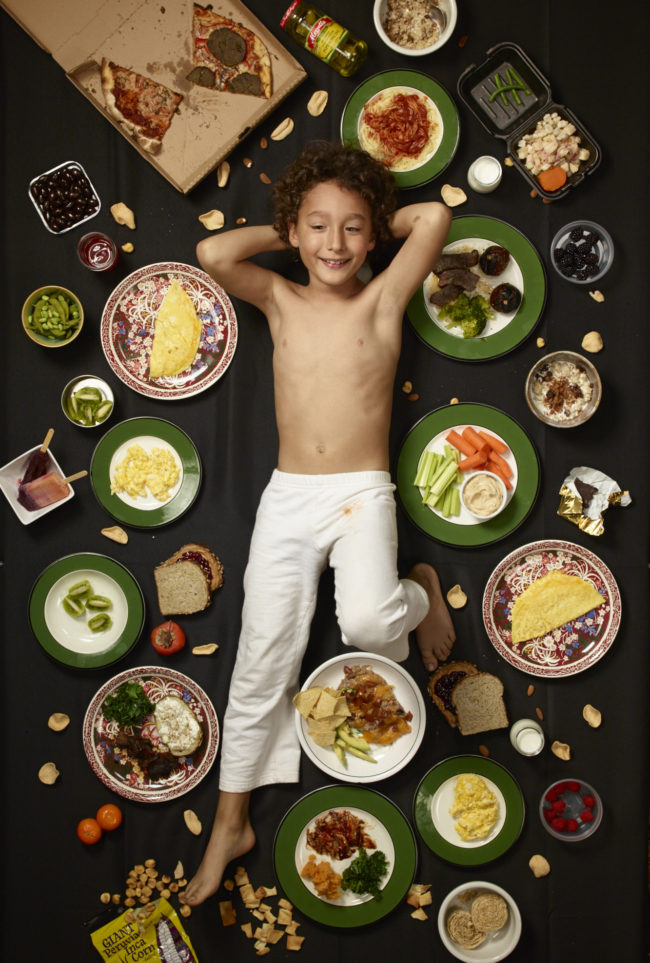

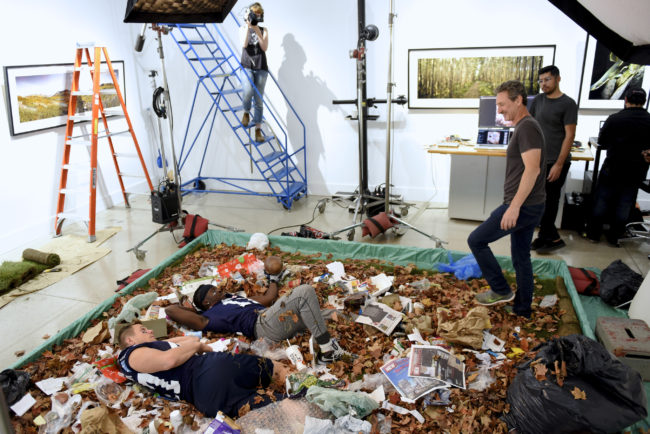
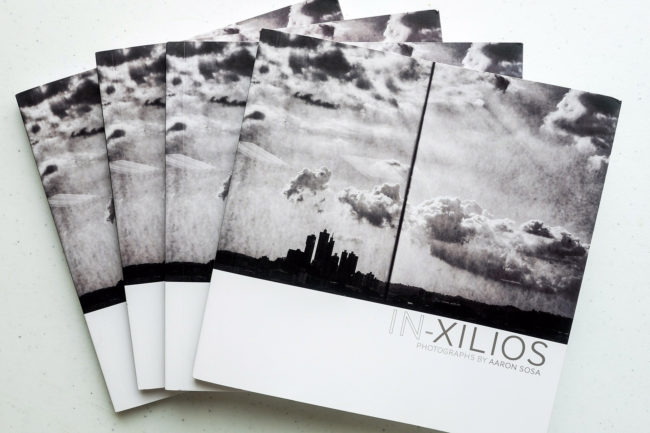
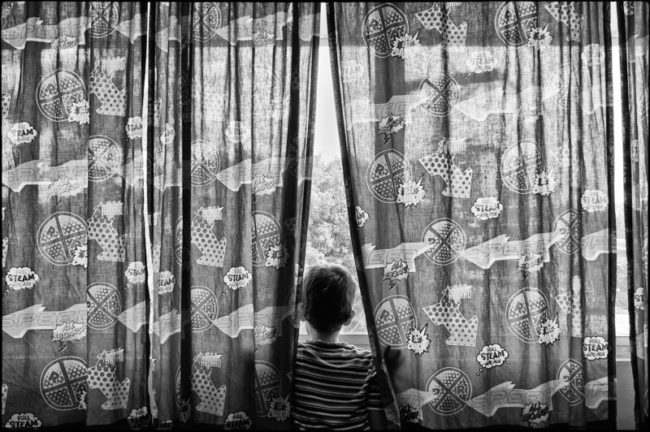
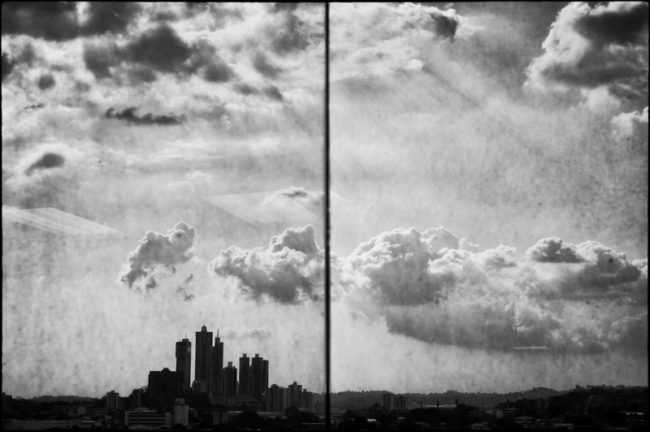
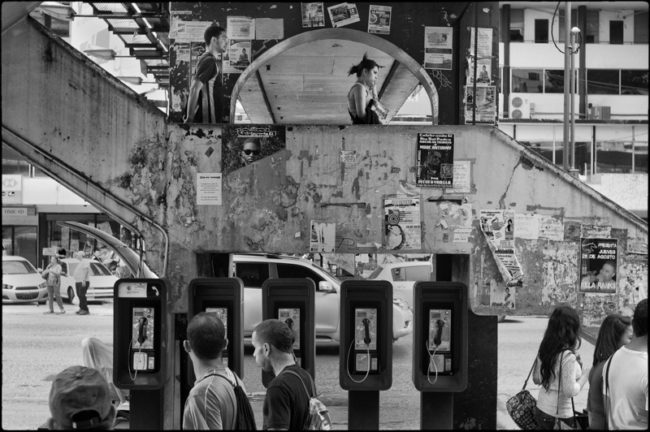
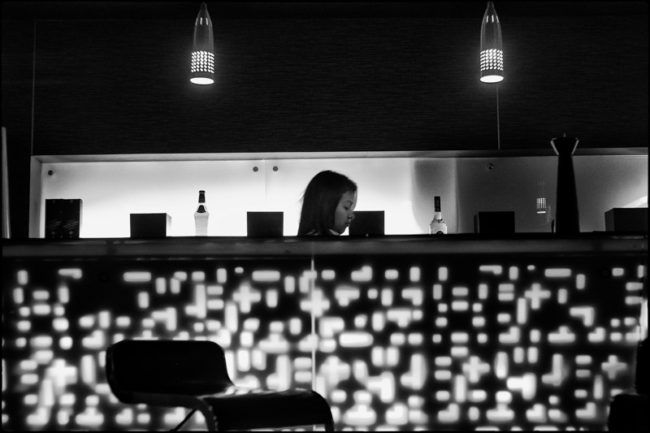
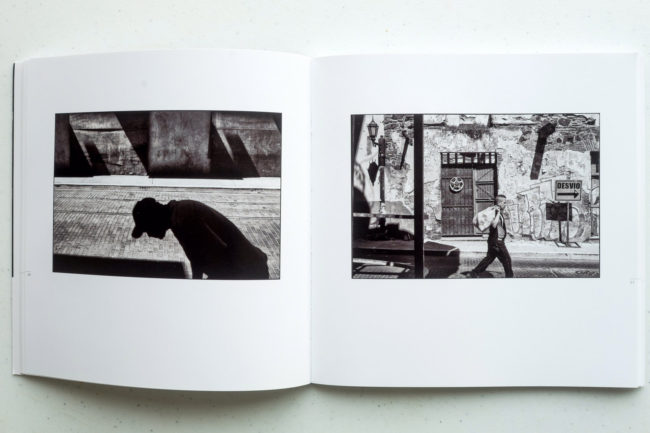

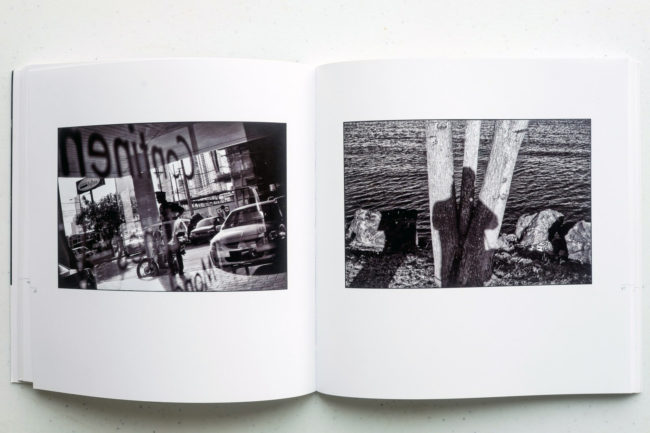
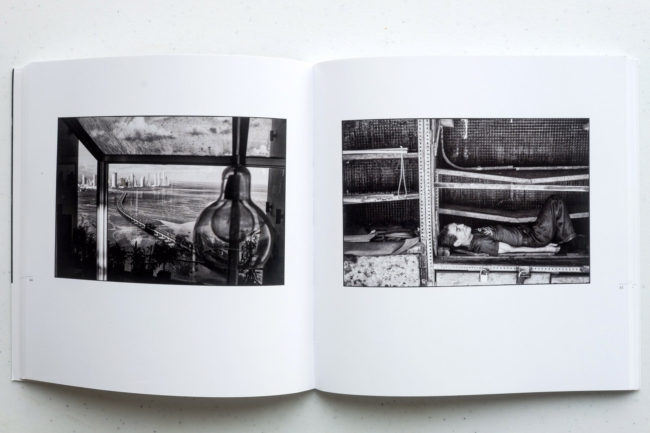
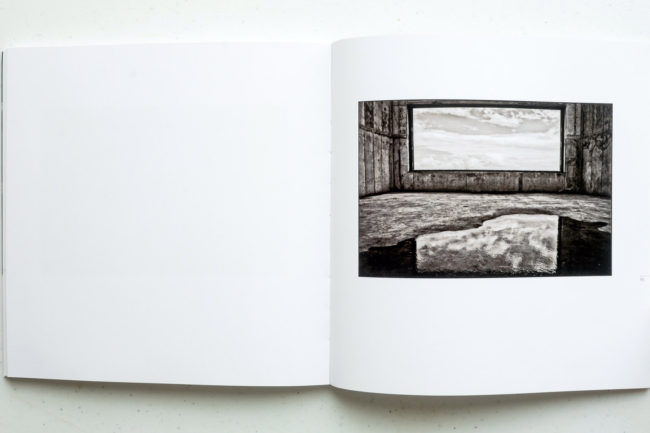
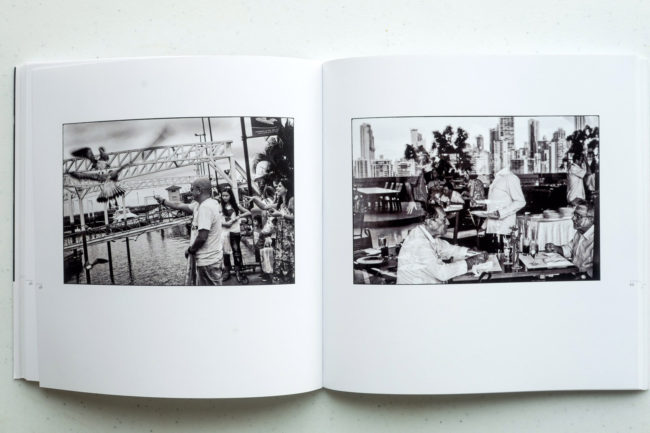

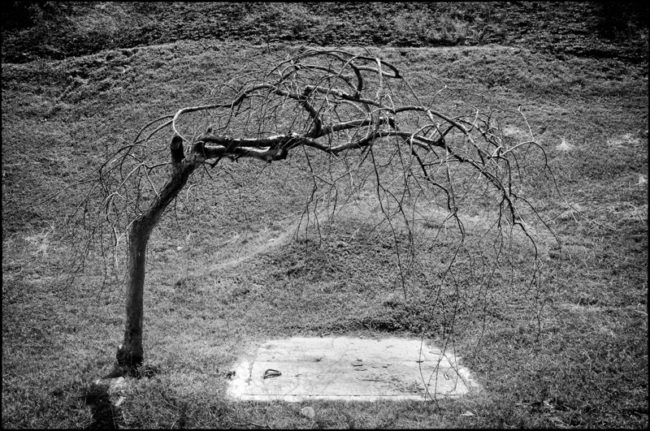
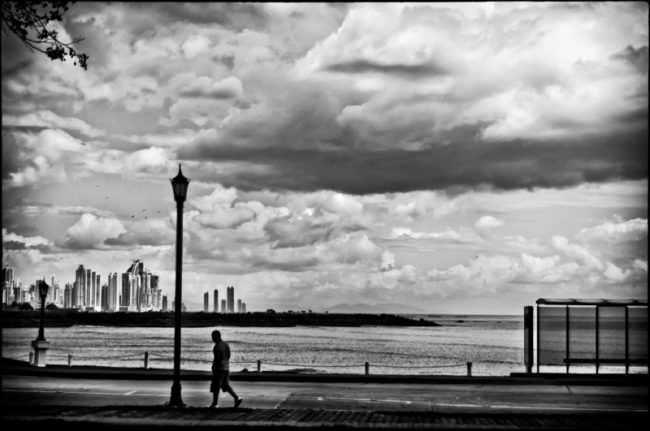
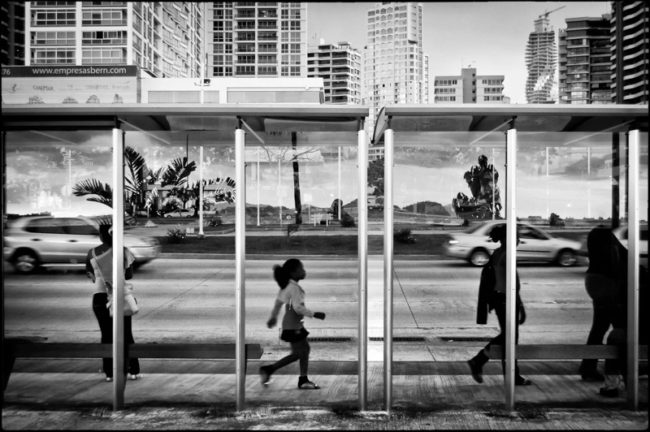
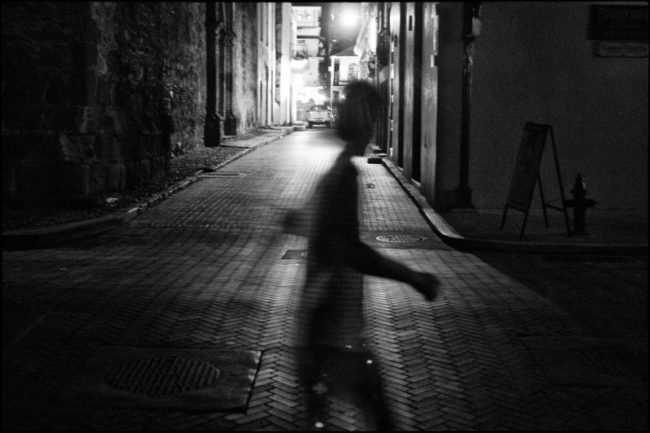
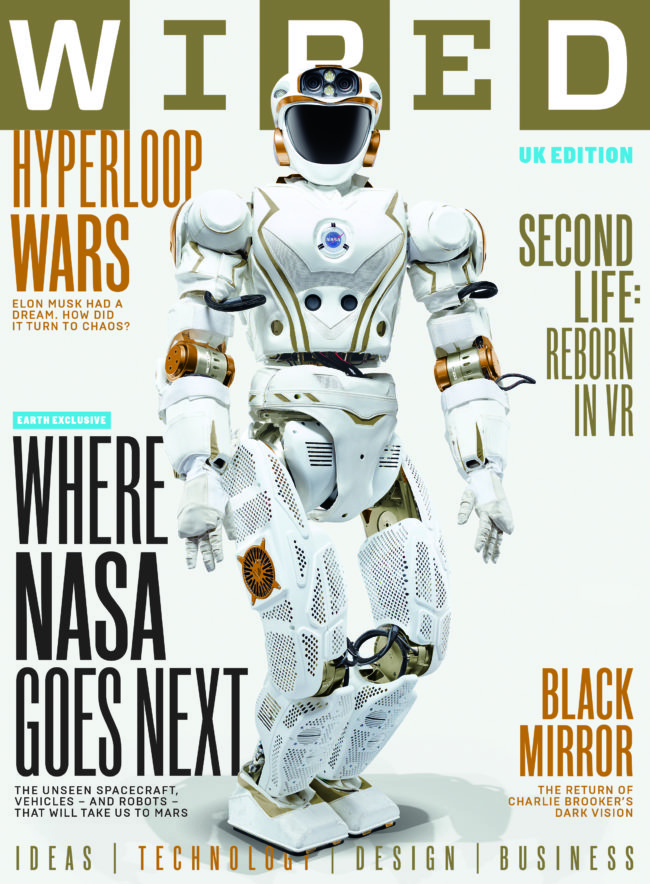
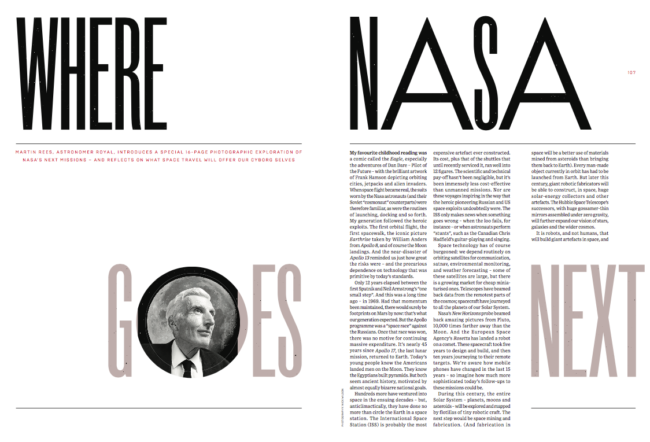
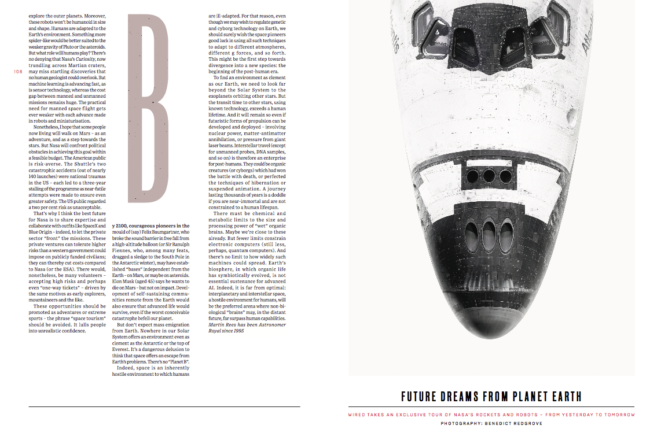


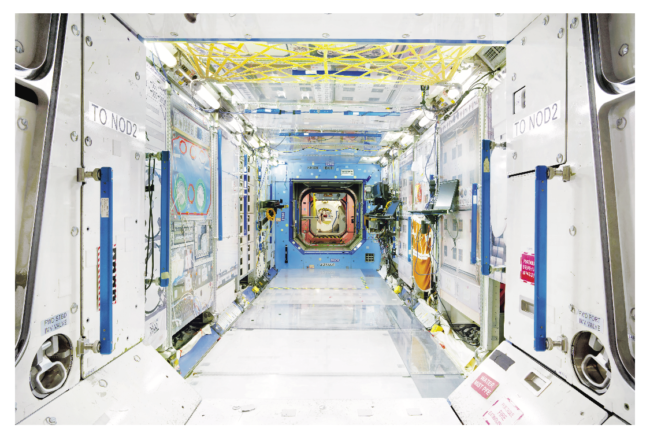
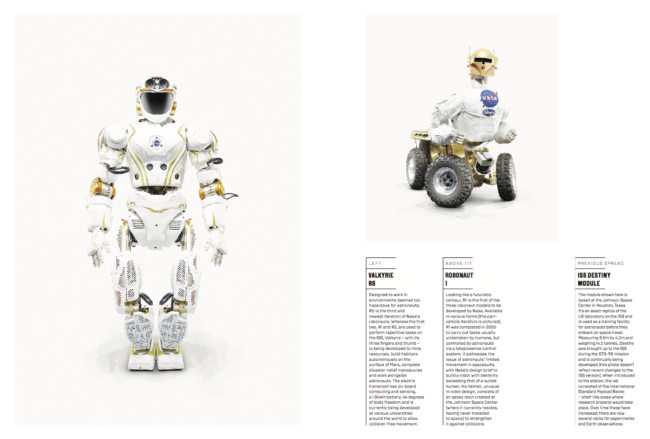

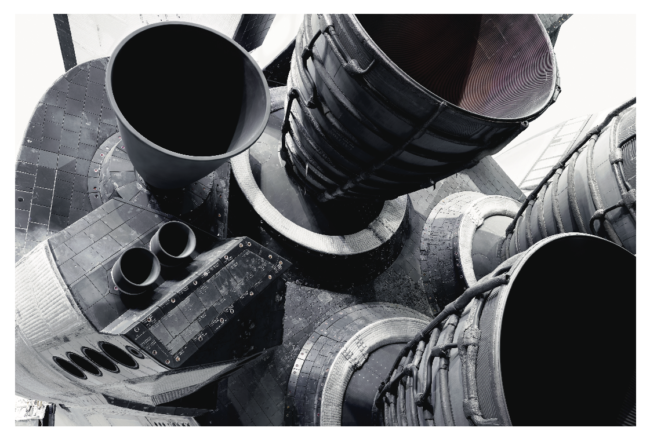
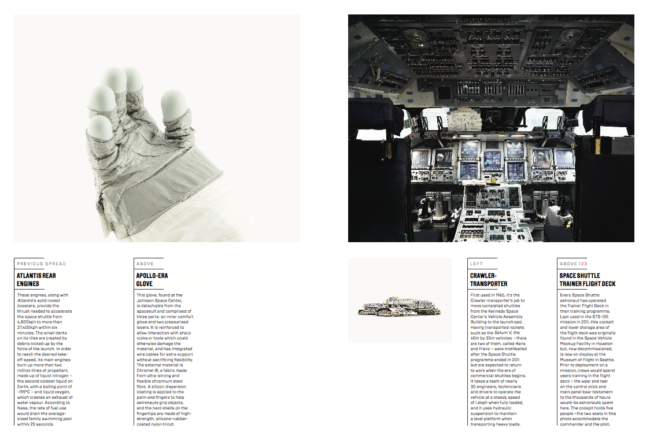
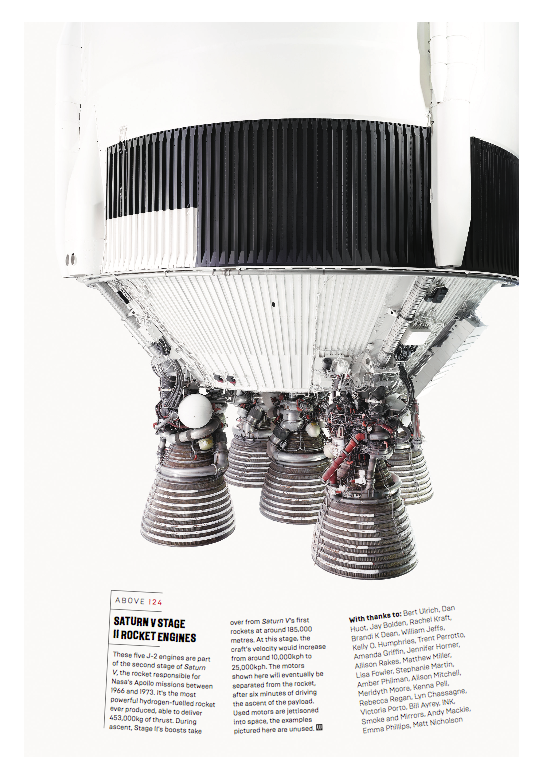

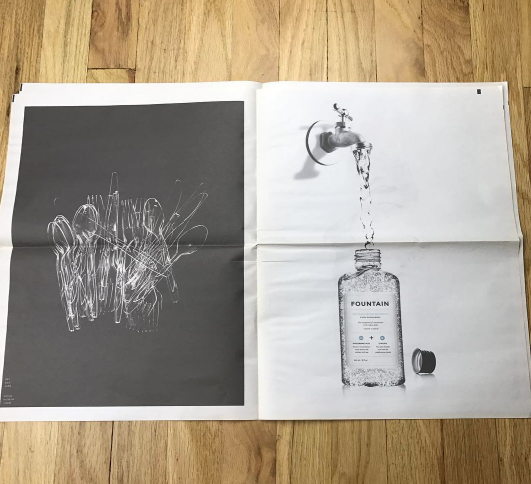

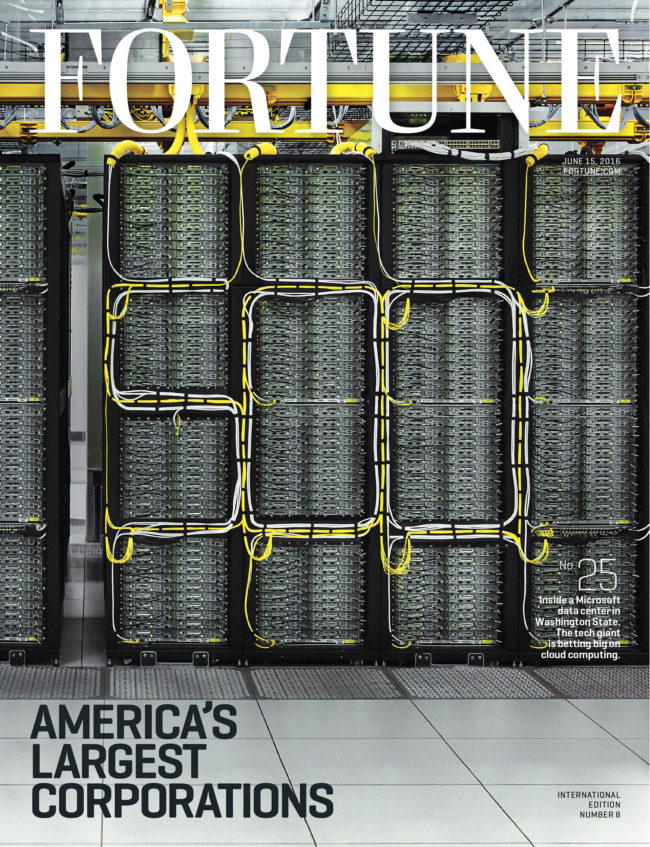

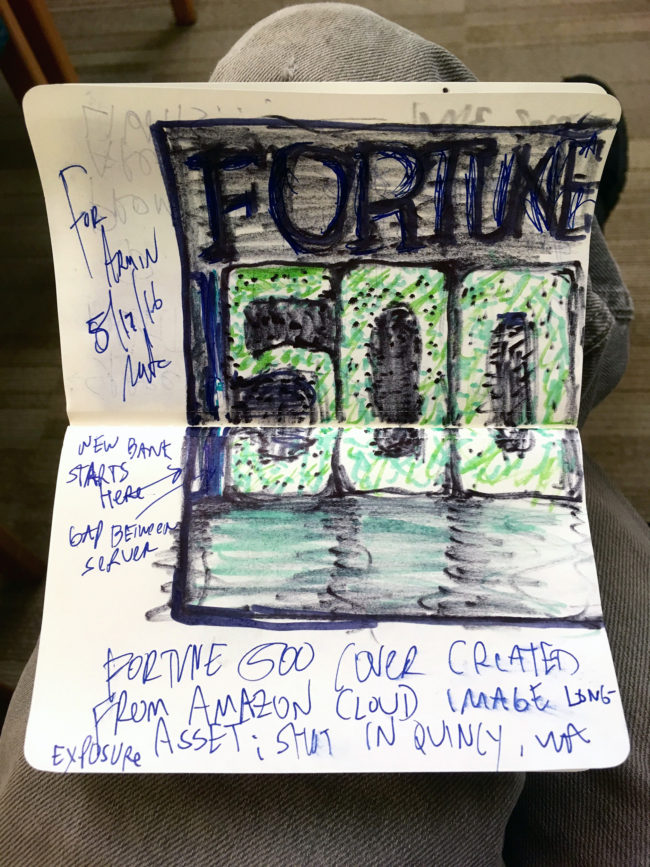
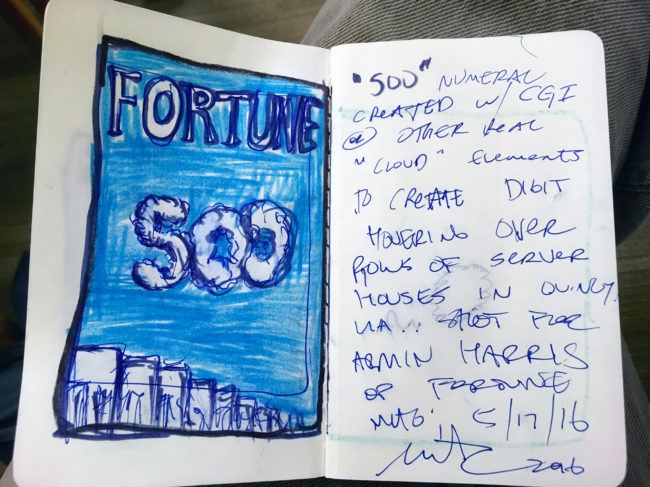

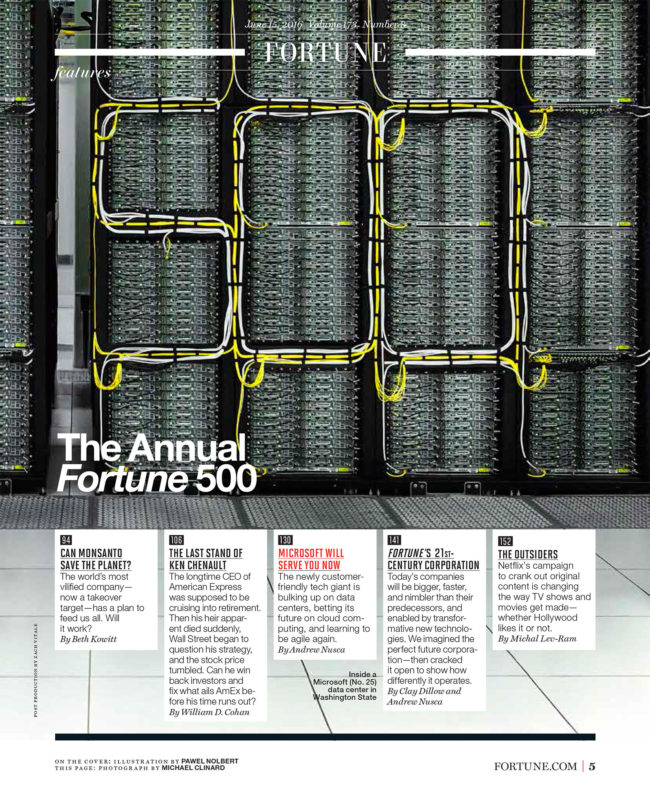


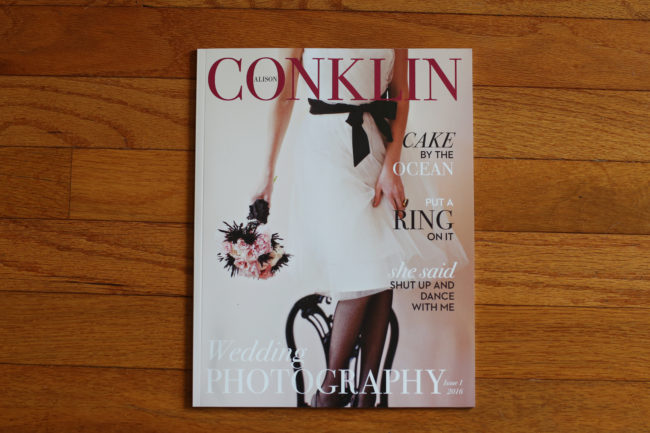
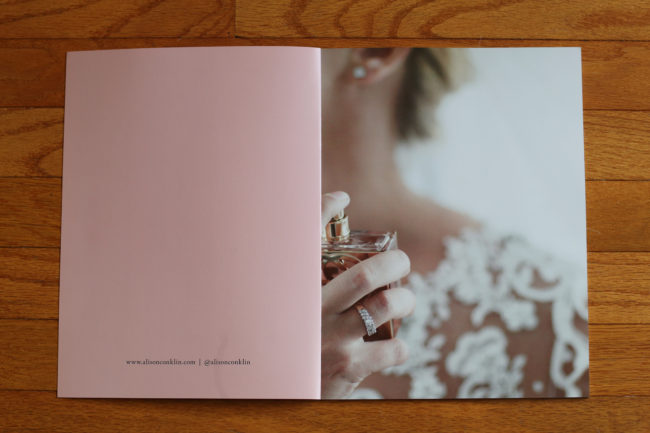
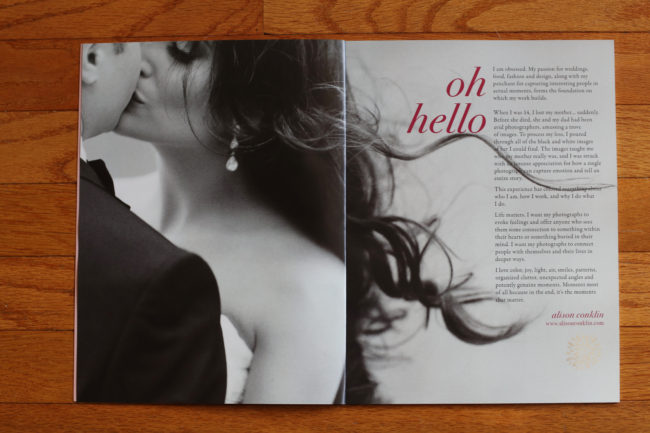
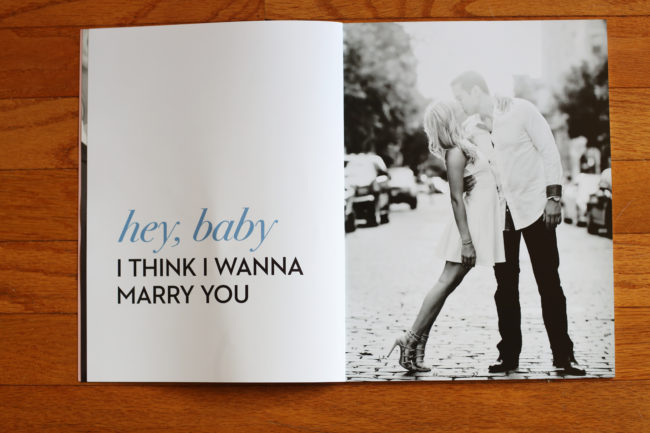
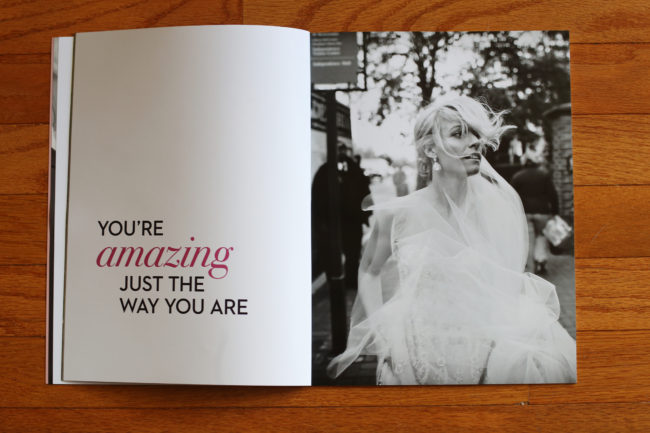
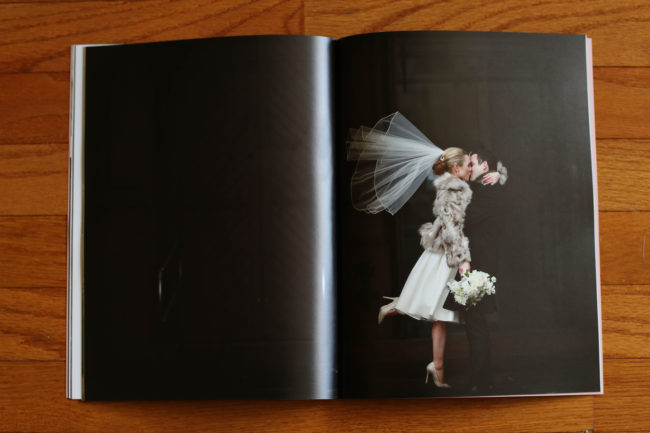
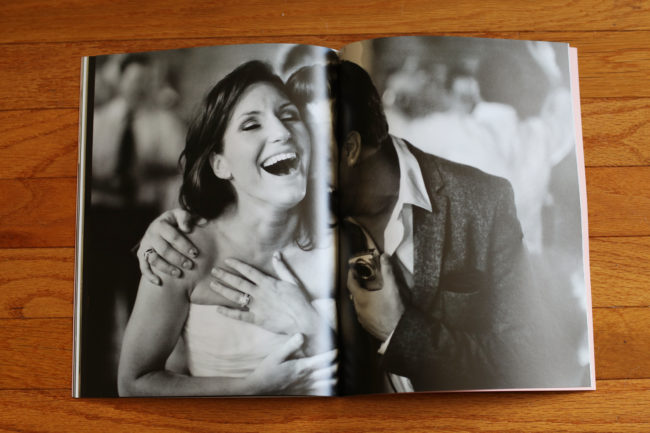

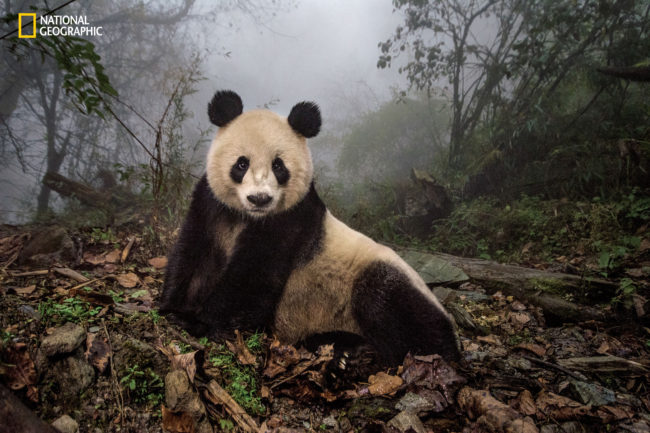
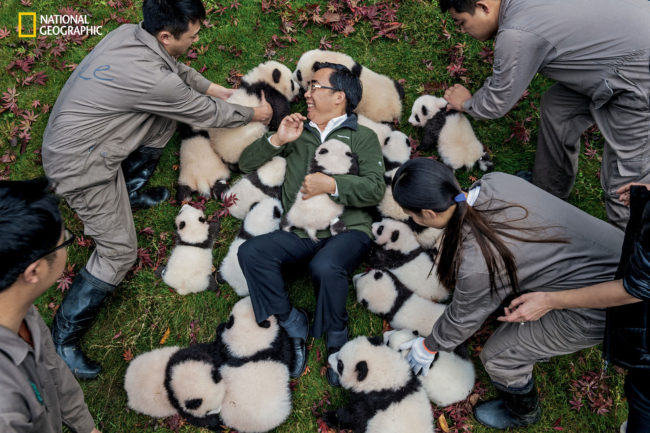

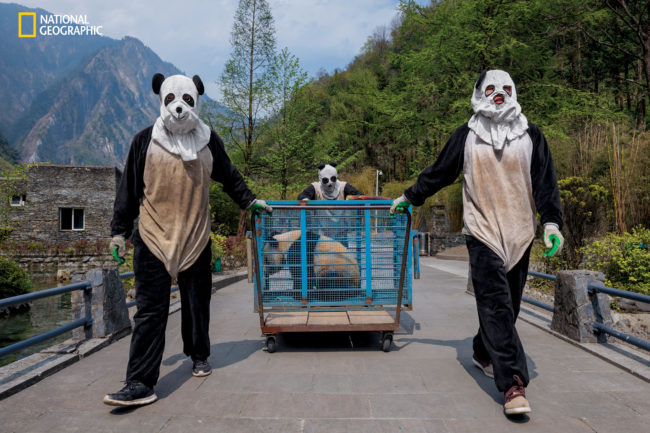
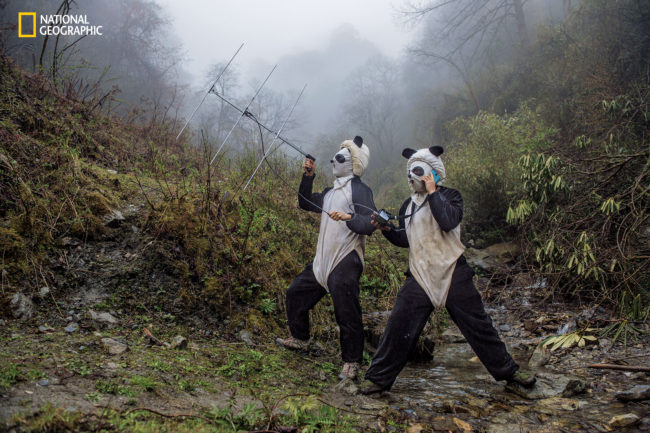

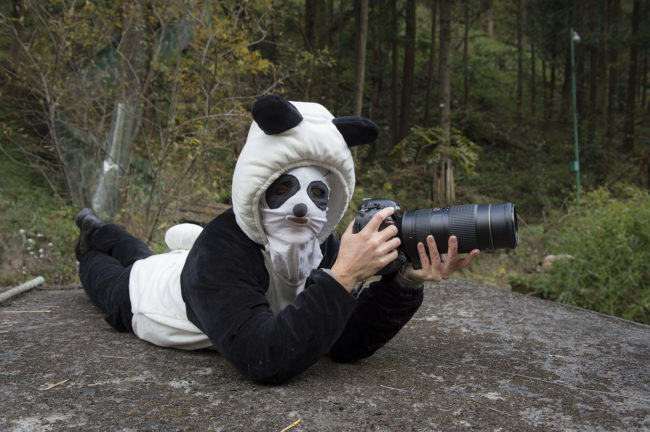
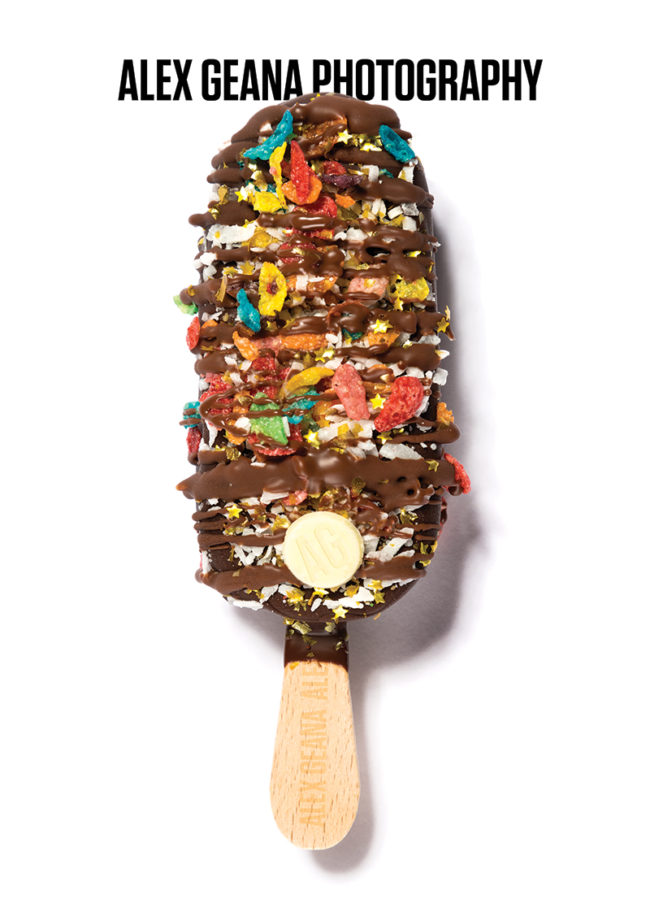
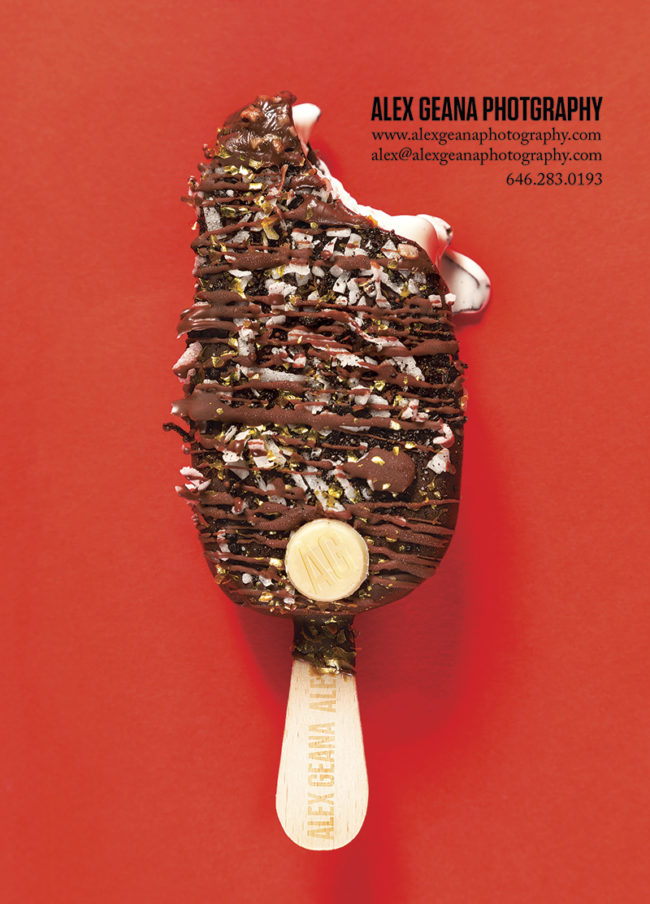

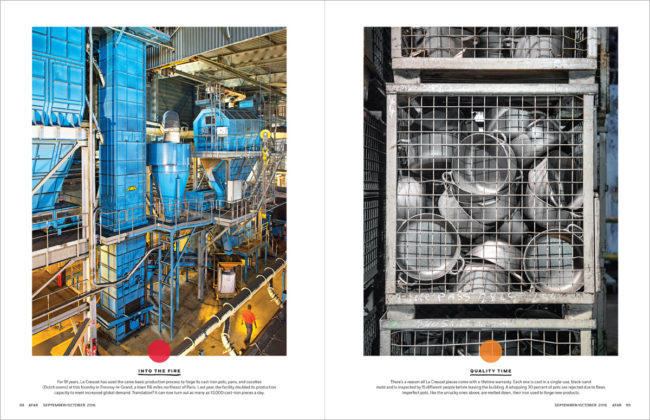

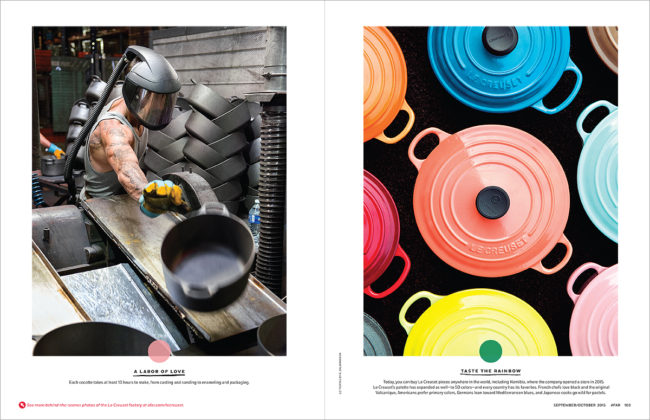
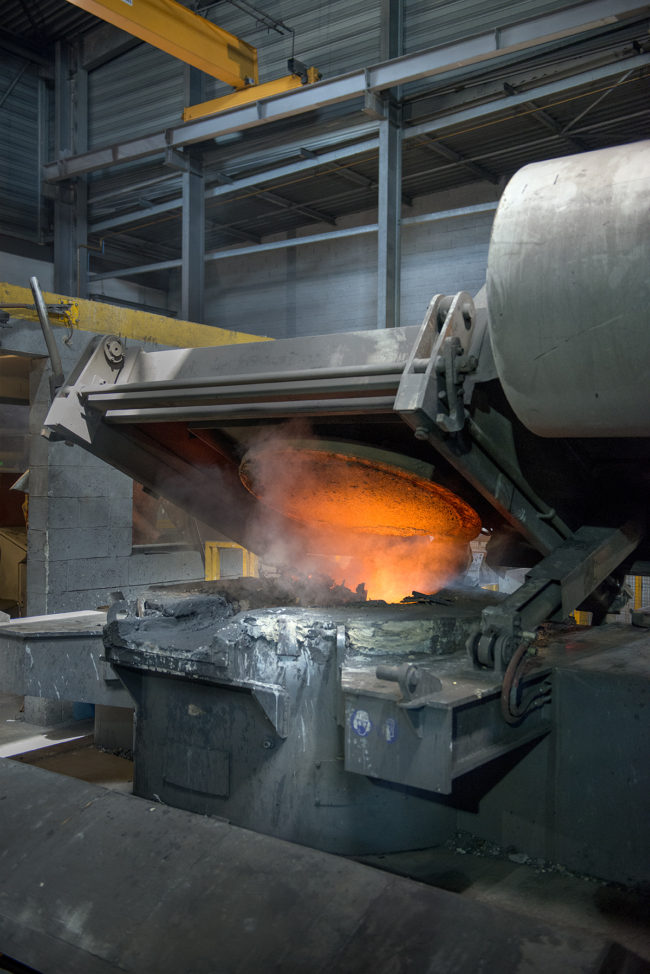
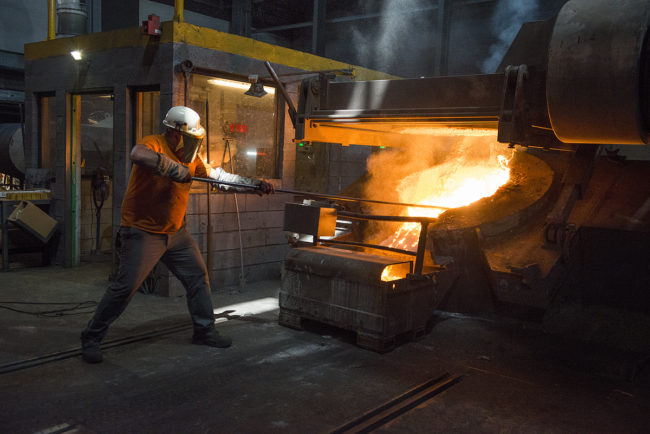
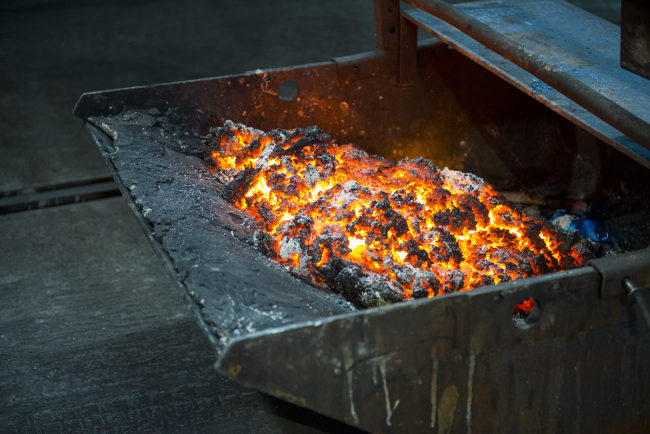
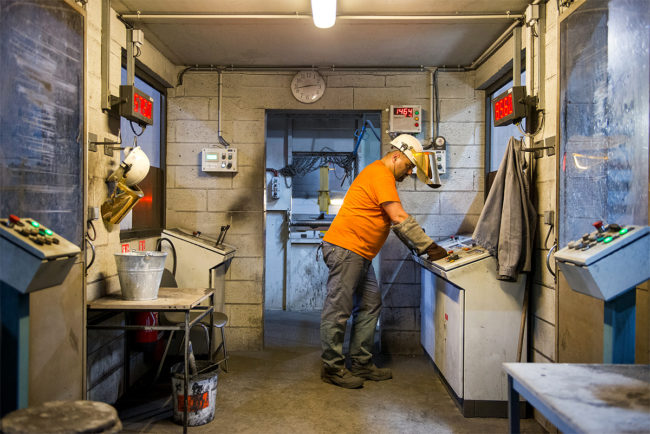
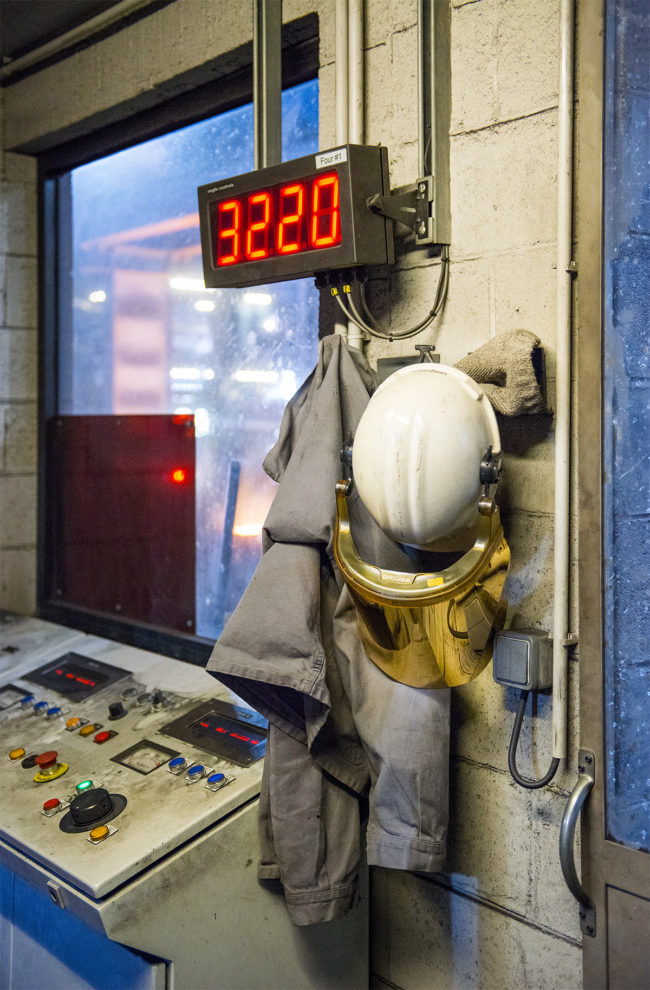
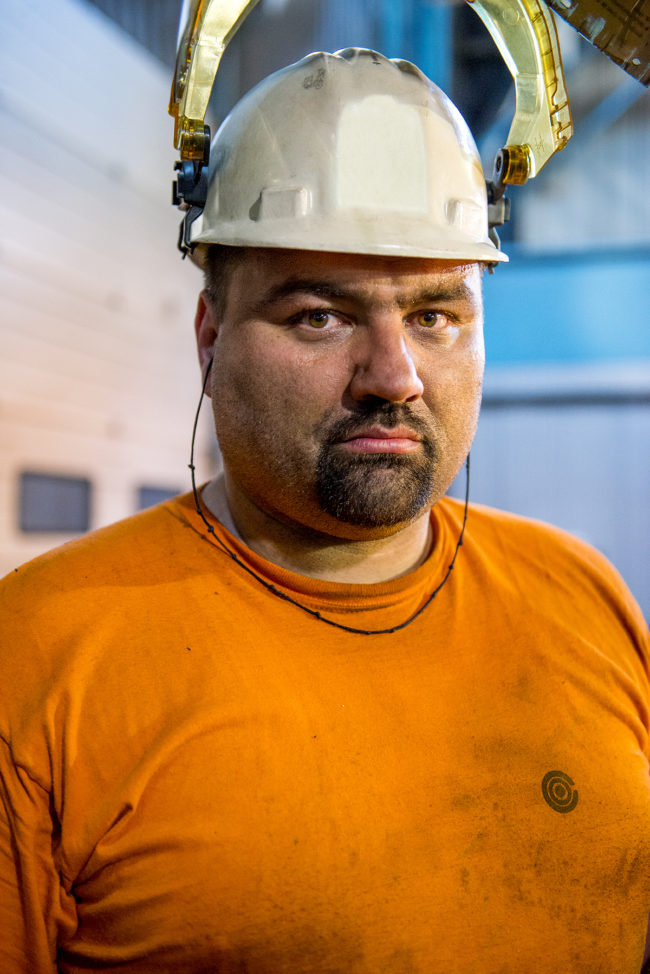
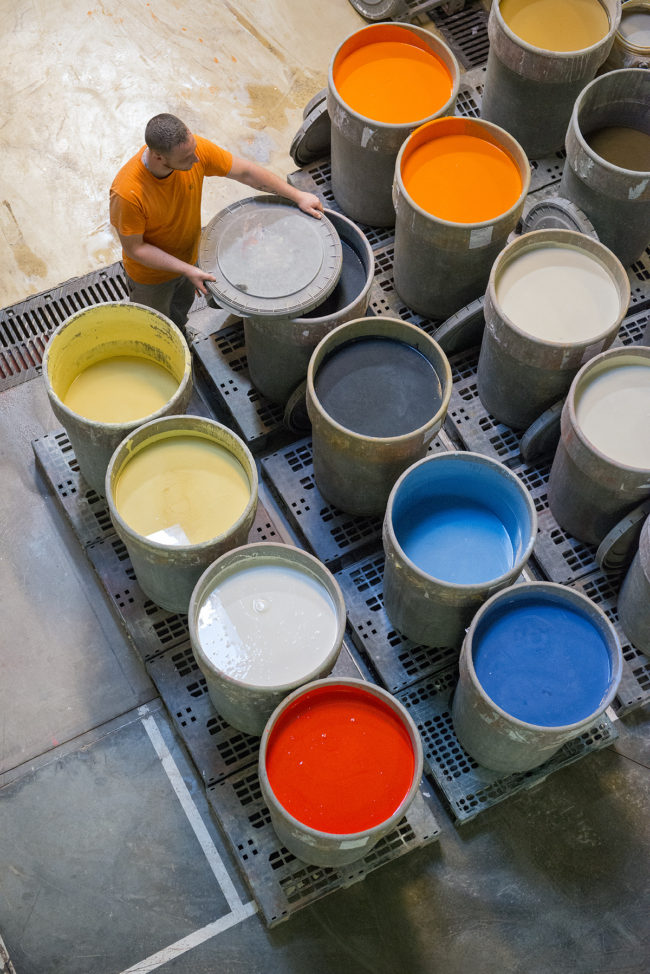
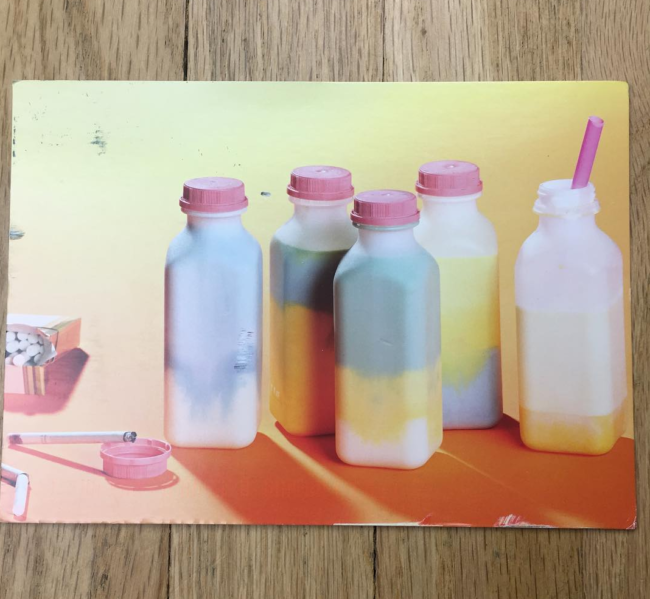
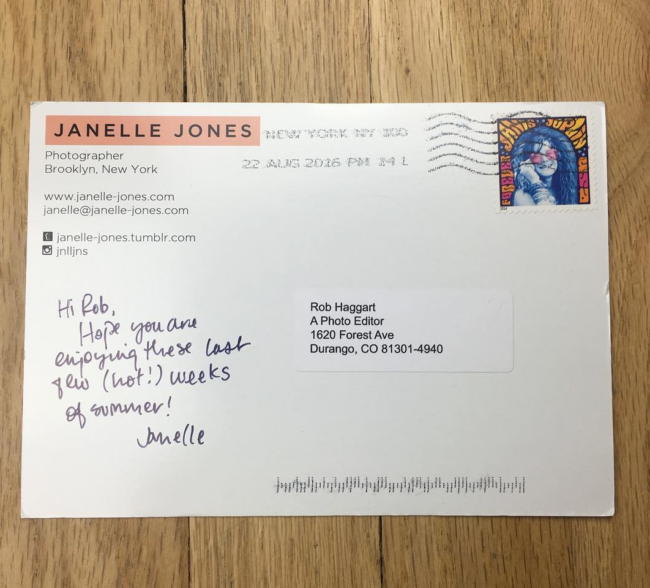





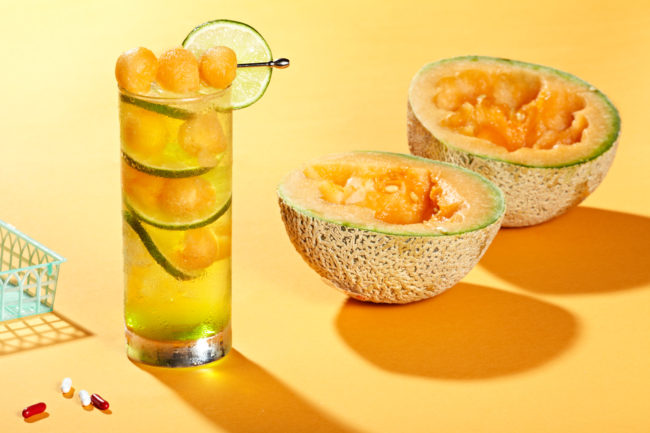

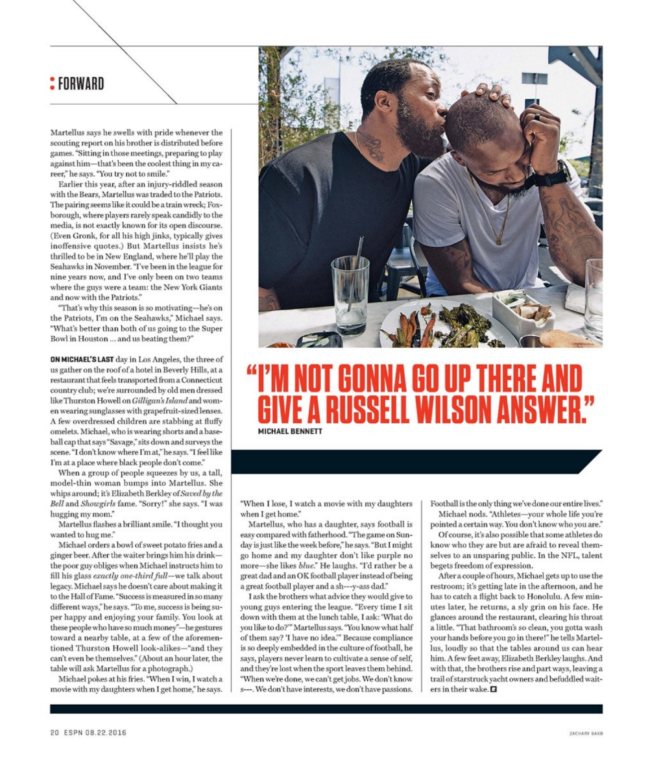
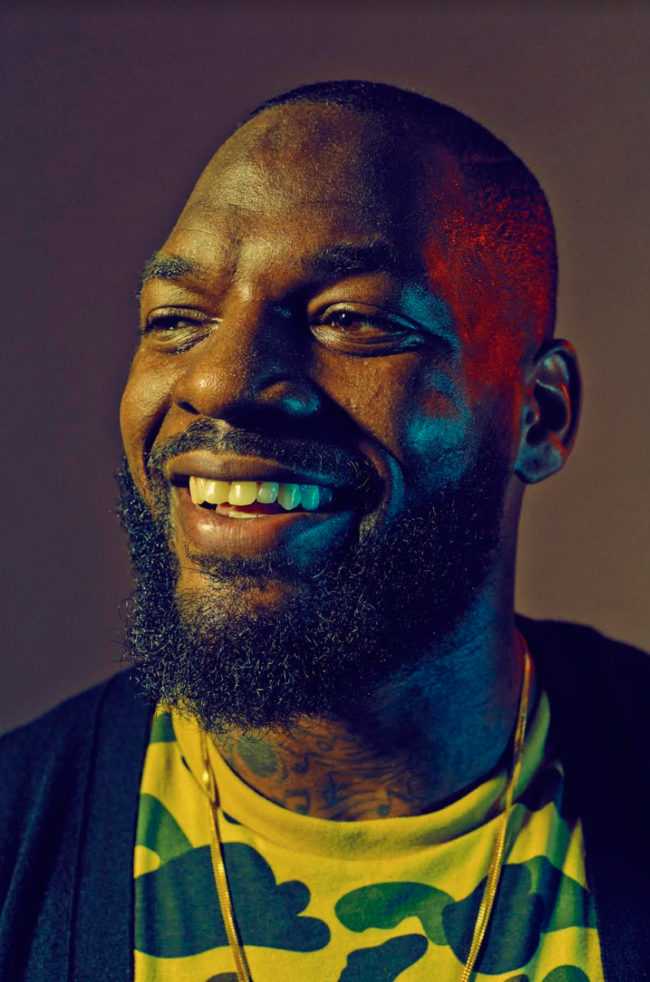


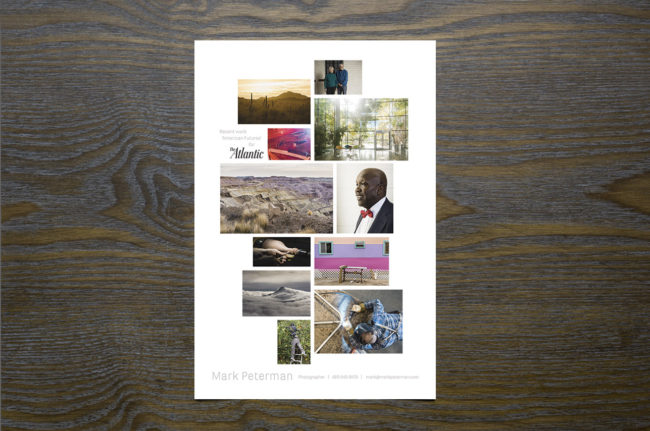
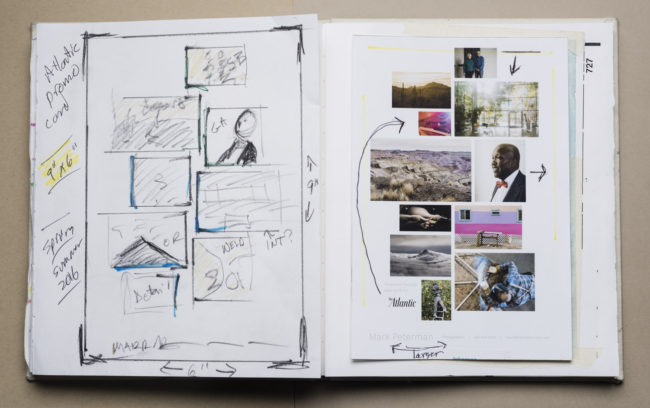
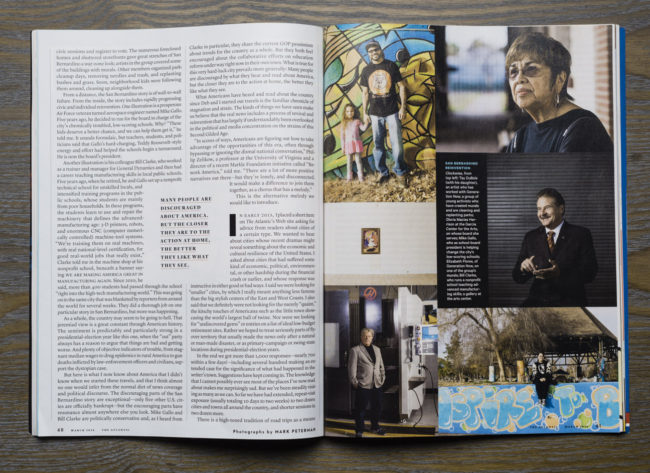
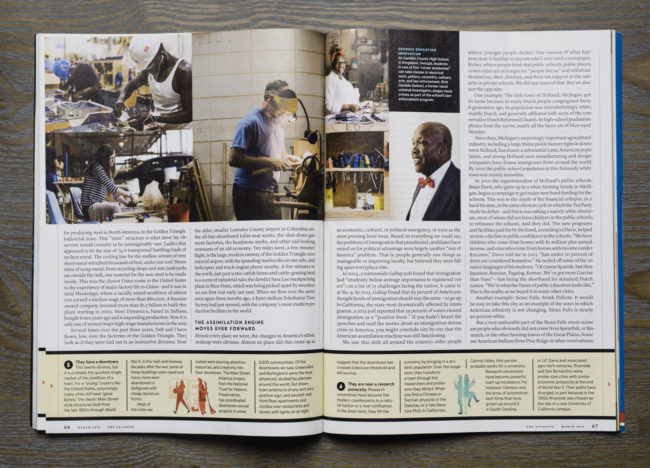

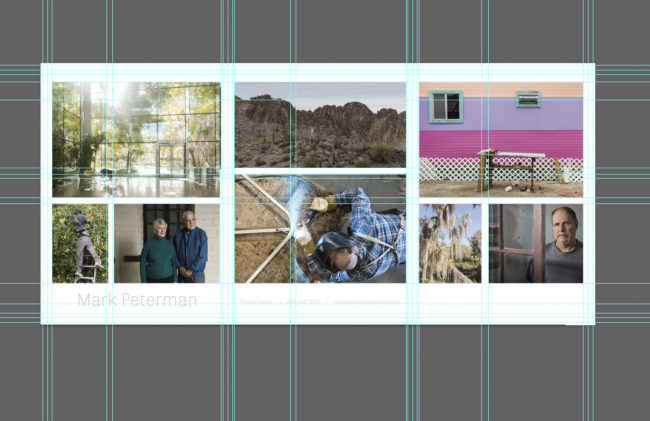
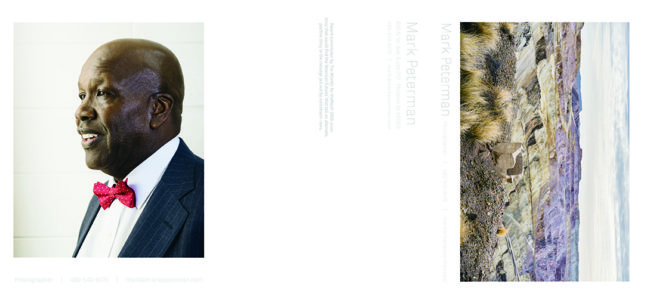
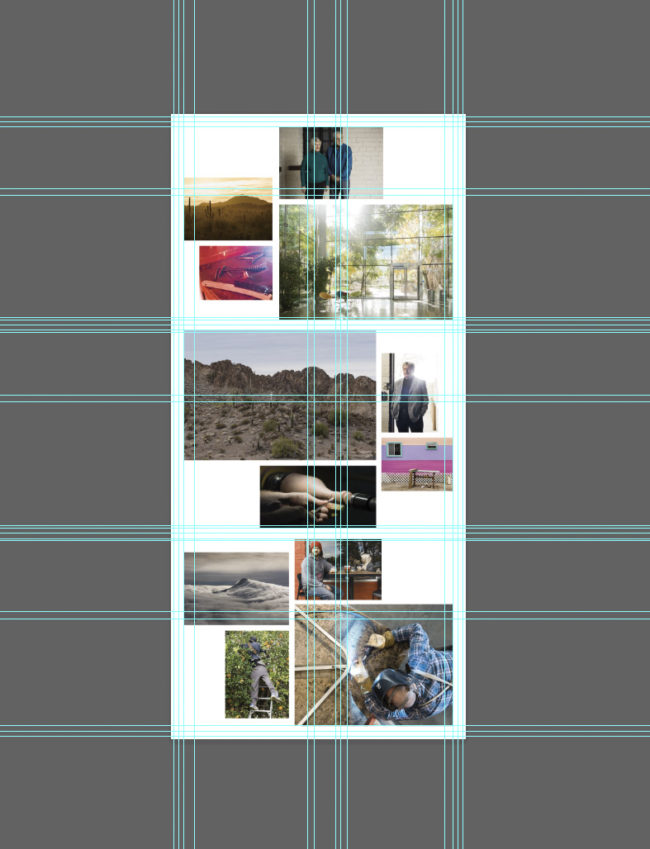

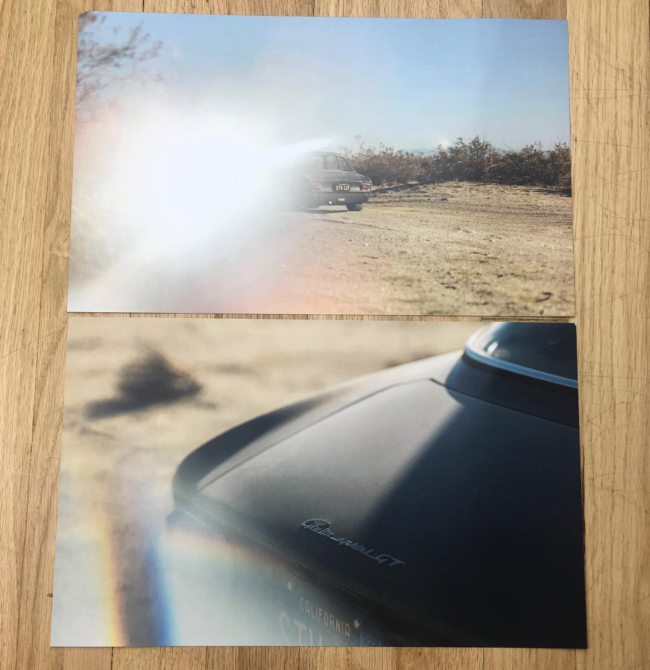


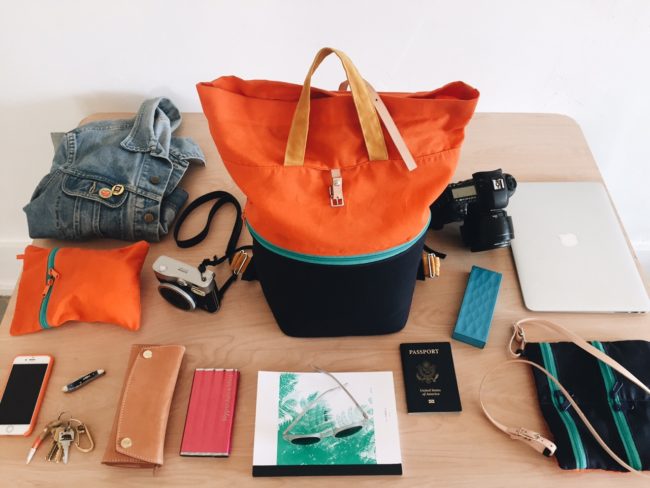
 Tiny Atlas Quarterly
Tiny Atlas Quarterly
